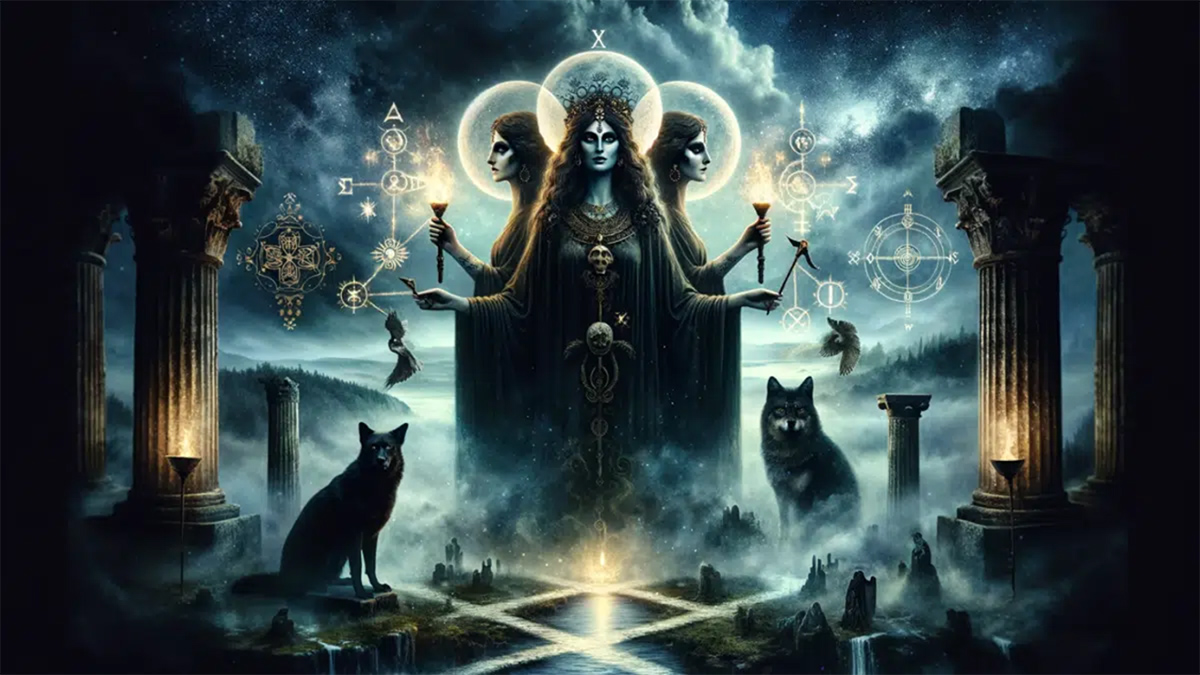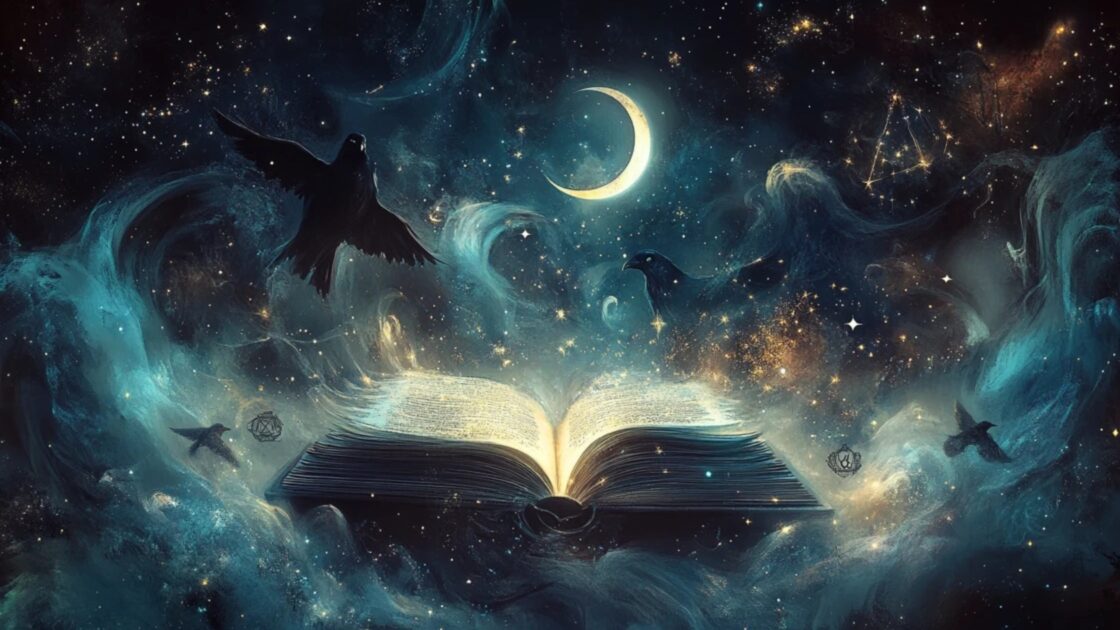Dark Mother Archetypes to Discover Your Inner Power
Dark Mother Archetypes to Discover Your Inner Power
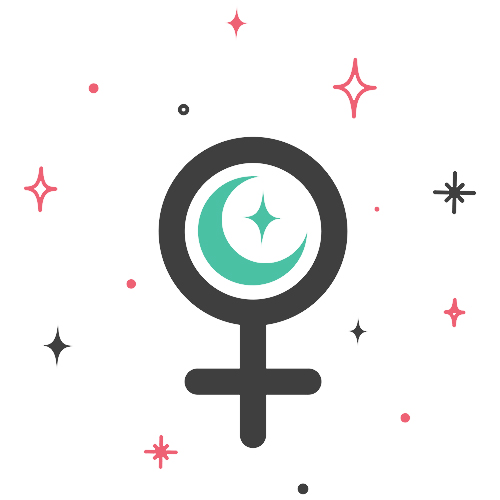
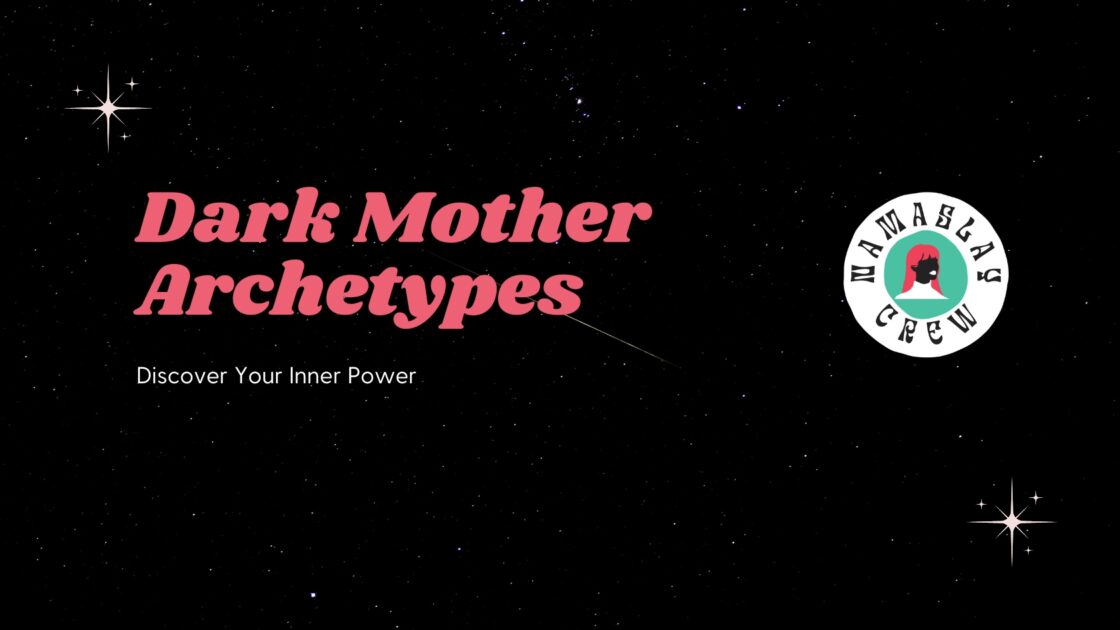
What is the Dark Mother?
The Dark Mother is an archetype found across various spiritual and mythological traditions that embodies the deep, powerful, and often shadowy aspects of feminine energy. She represents both creation and destruction, nurturing and fierce protection, and is a guide through darkness, transformation, and rebirth. Unlike the nurturing mother figures that symbolize unconditional love and comfort, the Dark Mother challenges, disrupts, and catalyzes change. She is an initiator who helps individuals confront and integrate their shadow—the repressed, hidden parts of themselves.
The Dark Mother can appear in many forms depending on cultural and personal interpretations. She is often associated with deities such as Lilith, who embodies independence and defiance against subjugation; Kali, the Hindu goddess of destruction and renewal; Hecate, the Greek goddess of witchcraft and the crossroads; and The Morrigan, the Celtic goddess of war, fate, and sovereignty. These figures are symbols of deep wisdom, raw power, and the mysteries of life, death, and transformation.
Core Aspects of the Dark Mother Include:
Transformation and Rebirth
She brings forth endings and new beginnings, guiding people through the process of letting go of what no longer serves them and birthing a renewed sense of self.
Shadow Work
The Dark Mother archetype encourages facing and integrating the shadow aspects of oneself—acknowledging the pain, fears, and emotions often buried or avoided.
Empowerment and Strength
Her presence empowers individuals to reclaim their personal power, assert boundaries, and stand strong in their authenticity.
Mystery and Intuition
She is connected to deep wisdom and the unknown, inviting people to trust their intuition and embrace the mysteries of life without fear.
The Dark Mother archetype is not solely about darkness or negativity; rather, she represents the full spectrum of the feminine, embracing both light and shadow. She embodies the sacred cycle of death and rebirth, reminding us that growth often comes from moments of challenge and transformation.
What are the Forms the Dark Mother Takes On
The Dark Mother archetype manifests in various forms across different cultures and spiritual practices. Each of these forms embodies aspects of the Dark Mother’s energy, symbolizing strength, transformation, and the deep, often mysterious aspects of feminine power.
Lilith (Jewish Mythology)
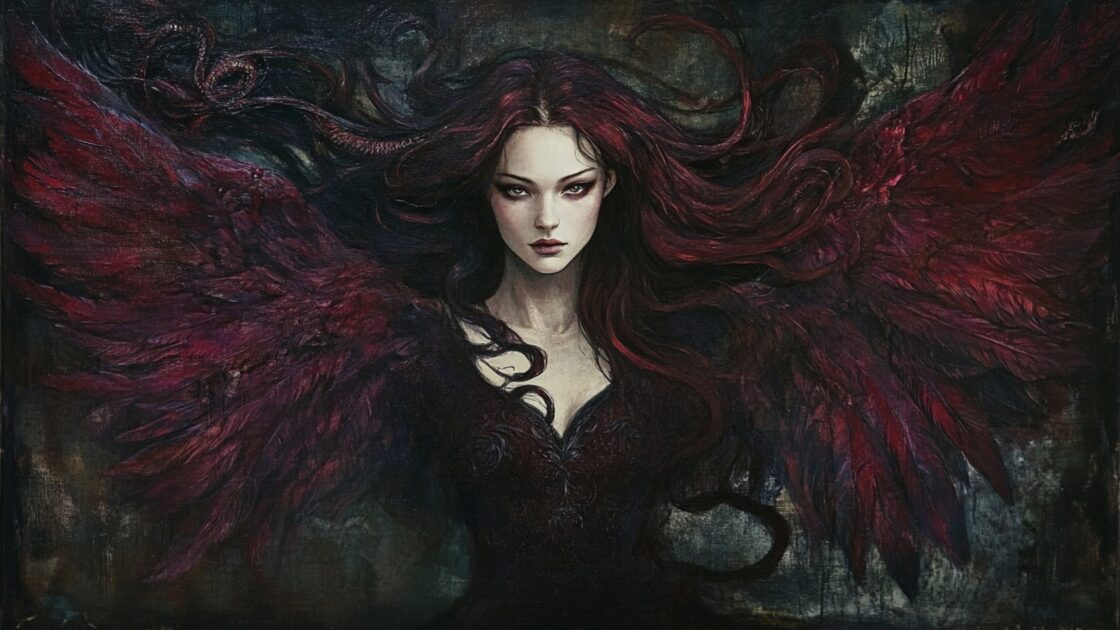
-
Symbolism:
Independence, rebellion, and the untamed feminine. -
Traits:
Lilith is known as the first woman who refused to be subservient to Adam and chose exile over submission. She embodies raw power, self-reliance, and sexual autonomy.
Kali (Hinduism)
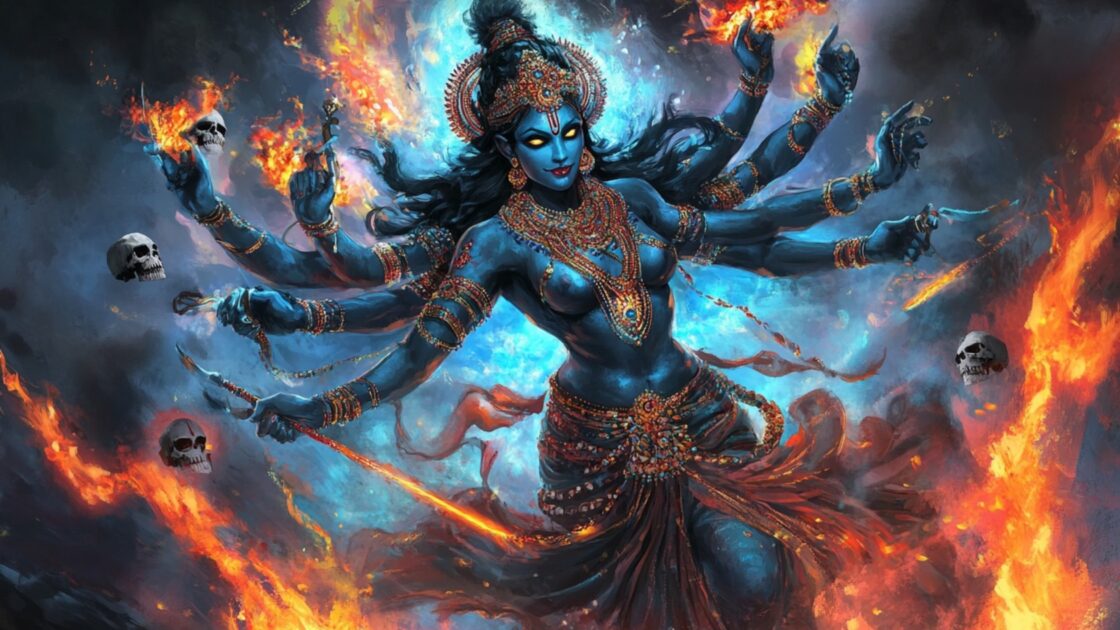
-
Symbolism:
Destruction, transformation, and fierce protection. -
Traits:
Kali is a goddess who destroys the ego and illusions, paving the way for renewal and spiritual growth. She represents the cycle of life, death, and rebirth.
Hecate (Greek Mythology)
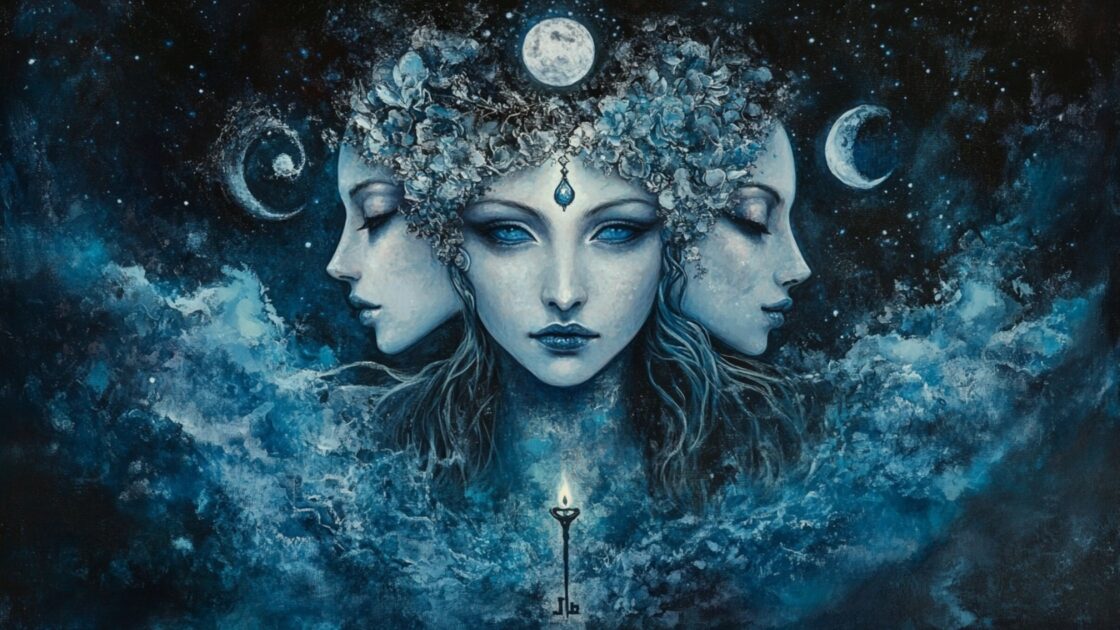
-
Symbolism:
Magic, crossroads, and the underworld. -
Traits:
Hecate is the goddess of witchcraft and sorcery, often associated with the moon and the unseen realms. She is a guardian of thresholds and a guide through transitions.
The Morrigan (Celtic Mythology)
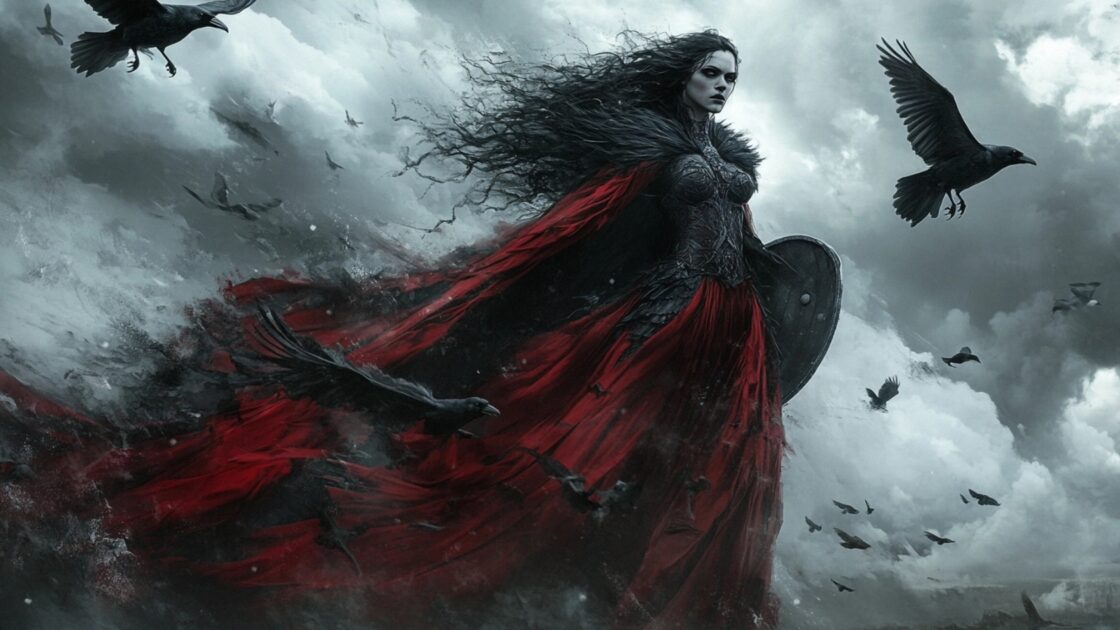
-
Symbolism:
War, fate, and sovereignty. -
Traits:
The Morrigan is a goddess associated with battle and prophecy. She embodies the power of transformation through conflict and the sovereignty of one's destiny.
Persephone (Greek Mythology)
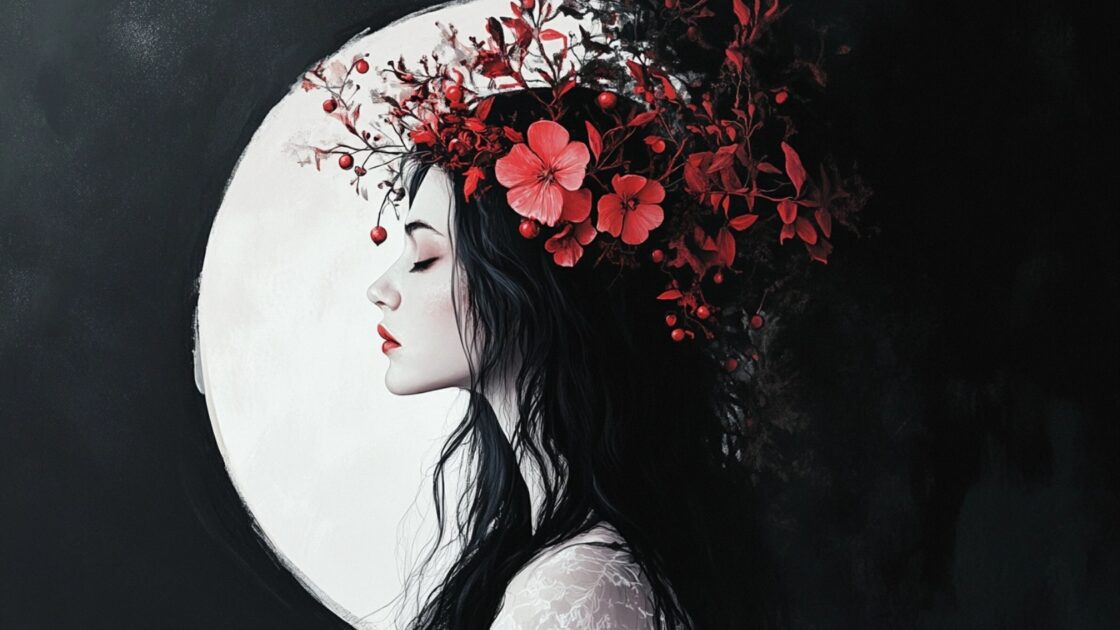
-
Symbolism:
Duality, transition between life and death. -
Traits:
As the queen of the underworld, Persephone represents both innocence and dark wisdom. Her story signifies the journey between light and shadow, life and the afterlife.
Black Madonna (Christianity/European Folk Tradition)
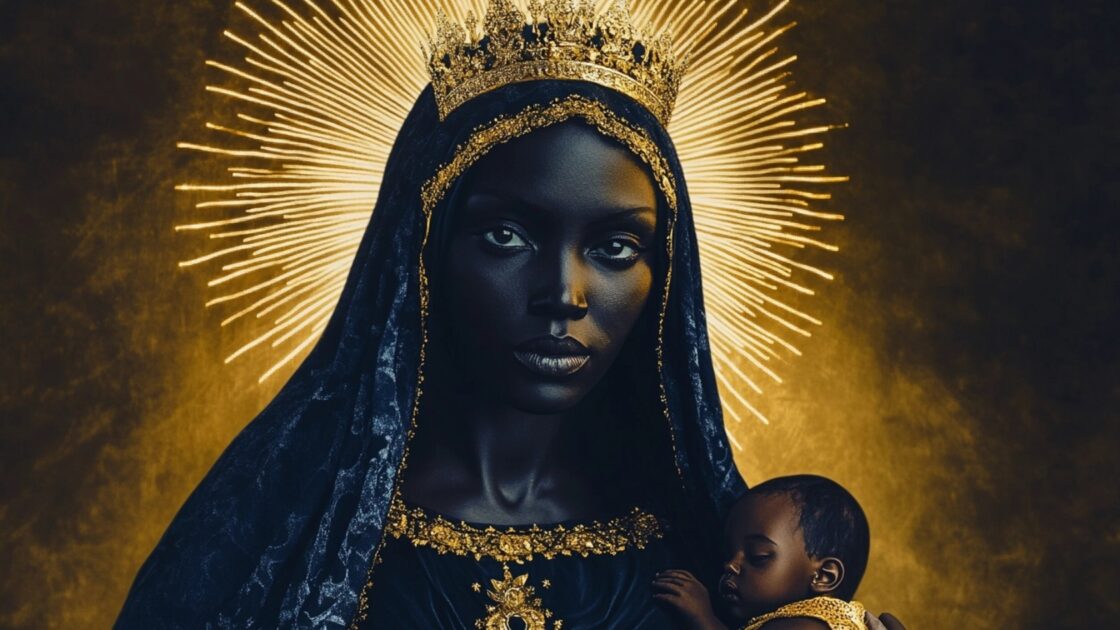
-
Symbolism:
Hidden, mystical aspects of Mary; maternal power mixed with deep spirituality. -
Traits:
The Black Madonna symbolizes strength, resilience, and devotion. She holds a sacred, protective energy that reflects the powerful, nurturing aspect of the Dark Mother.
Isis (Egyptian Mythology)
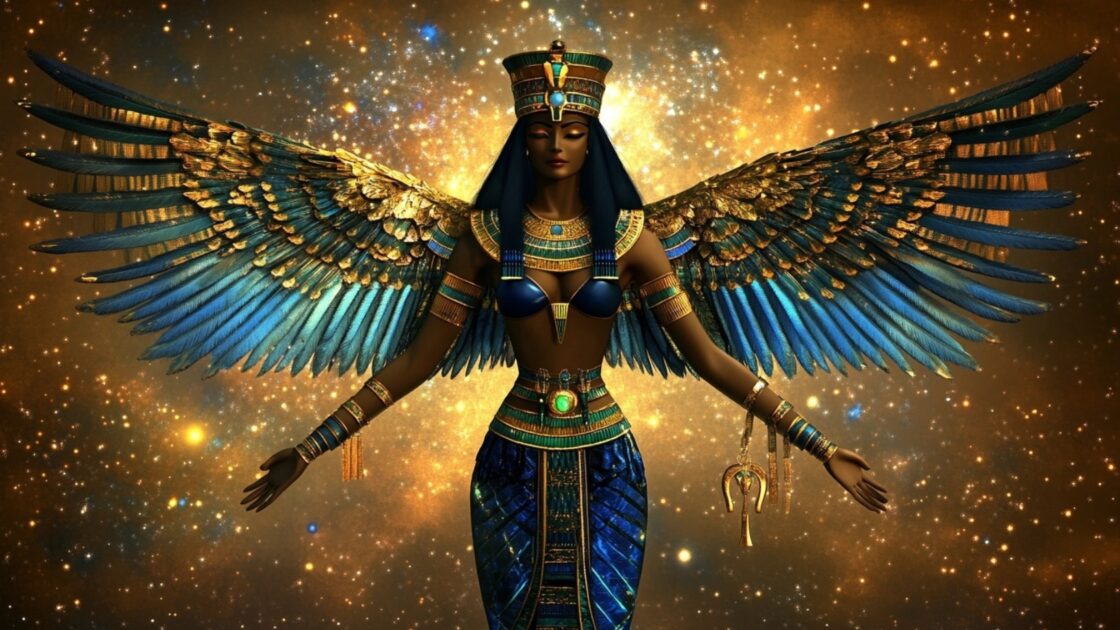
-
Symbolism:
Magic, motherhood, and resurrection. -
Traits:
As a powerful goddess of magic and life, Isis represents healing and the transformative power of love. She embodies the ability to move between realms and guide others through personal transformation.
Sekhmet (Egyptian Mythology)
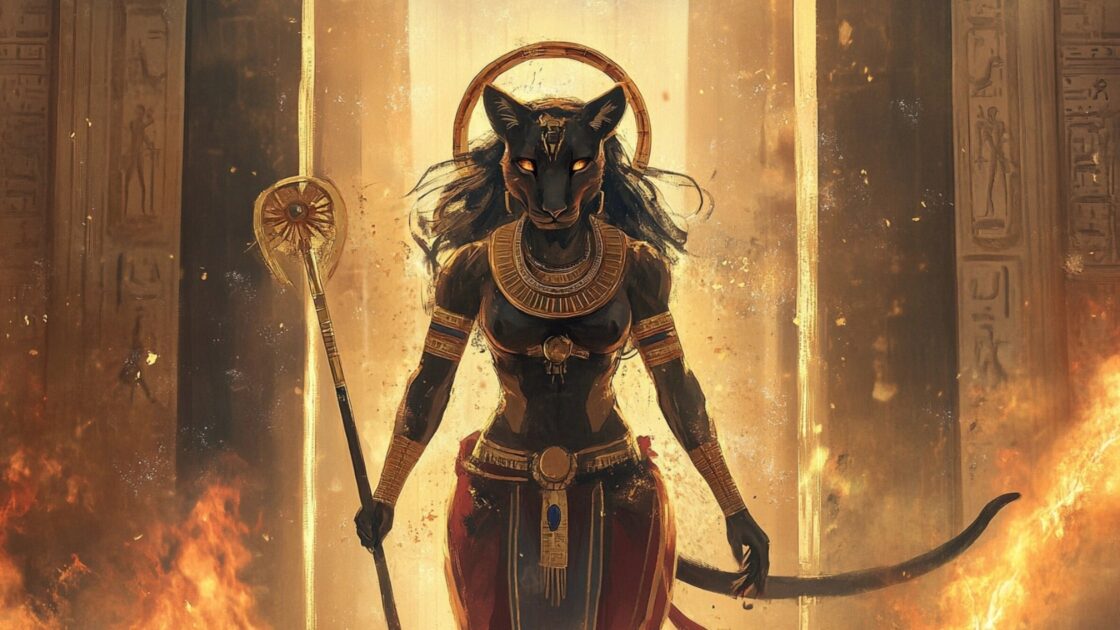
-
Symbolism:
War, healing, and protection. -
Traits:
Known as the lioness goddess, Sekhmet embodies fierce power and destruction but is also associated with healing. She is called upon for strength and protection in times of crisis.
Baba Yaga (Slavic Folklore)
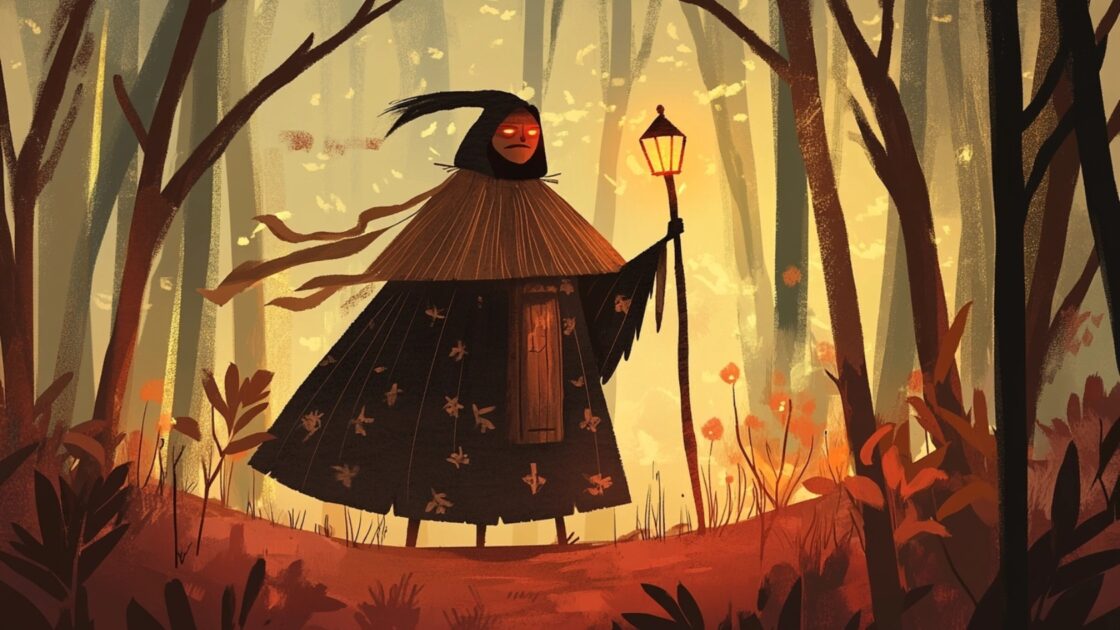
-
Symbolism:
Wisdom, death, and initiation. -
Traits:
Baba Yaga is a witch-like figure who lives in a hut that stands on chicken legs. She represents the archetype of the wise old woman who tests and initiates those who seek her knowledge, blending fearsome power with maternal wisdom.
La Santa Muerte (Mexican Folk Religion)
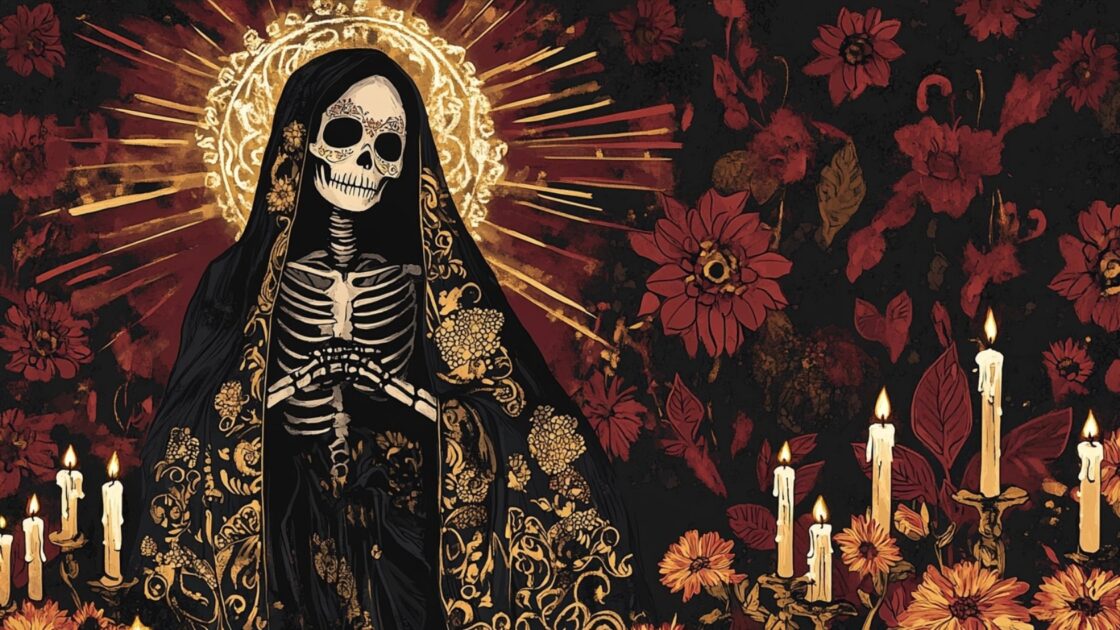
-
Symbolism:
Death, protection, and acceptance. -
Traits:
Often depicted as a skeletal figure, La Santa Muerte is venerated as a protector and a provider of miracles. She embodies the acceptance of death as part of life and is a powerful guide for those seeking change or justice.
Anat (Canaanite/Ugaritic Mythology)
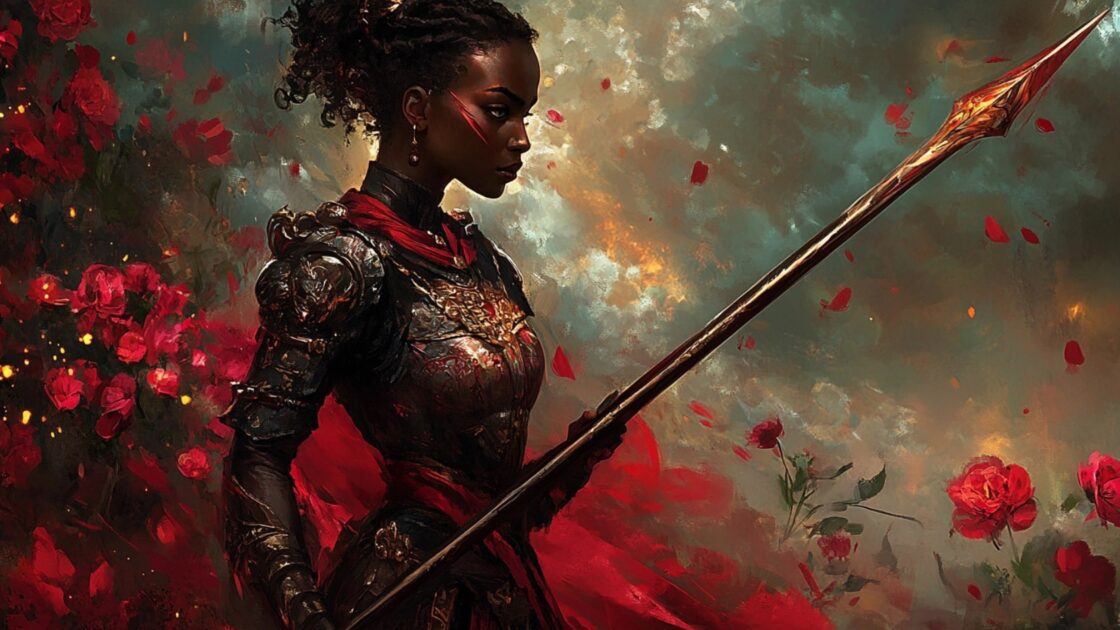
-
Symbolism:
War and fertility. -
Traits:
Anat is a fierce warrior goddess who also embodies aspects of fertility and life. She represents the dual nature of creation and destruction.
Tiamat (Babylonian Mythology)
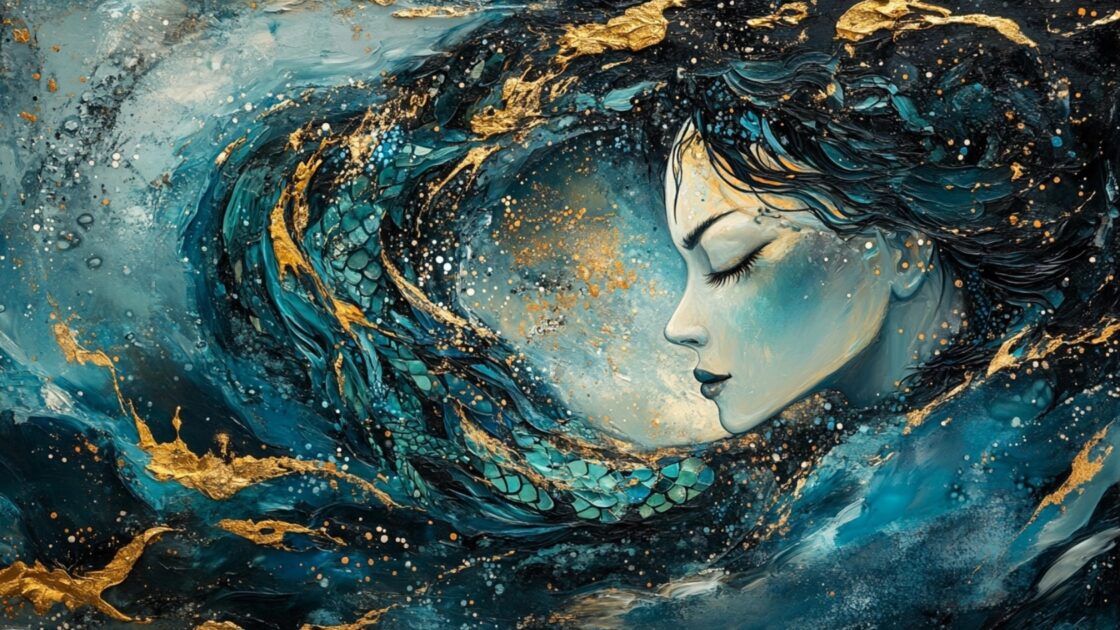
-
Symbolism:
Chaos and creation. -
Traits:
Tiamat is a primordial goddess associated with the chaotic sea. She embodies the raw, untamed power of creation and destruction, representing the potential for rebirth through chaos.
Hel (Norse Mythology)
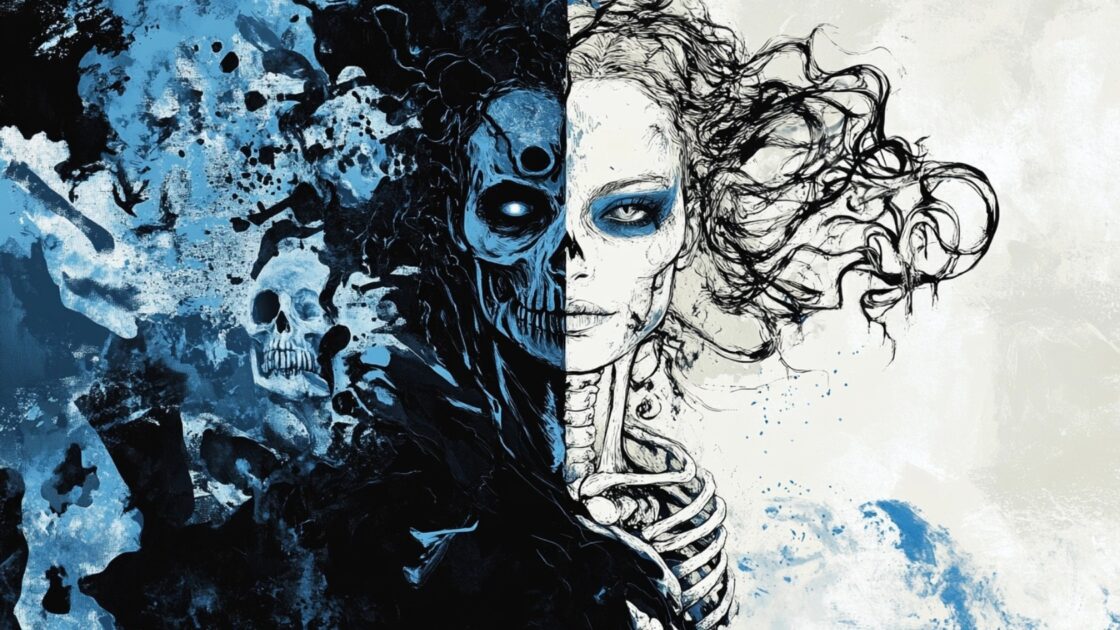
-
Symbolism:
Death, the underworld, and endings. -
Traits:
As the ruler of Helheim, Hel is associated with the afterlife and is depicted as both nurturing and harsh, symbolizing the acceptance of mortality and the deep mysteries of death.
Pele (Hawaiian Mythology)

-
Symbolism:
Volcanoes, creation, and destruction. -
Traits:
Pele is the goddess of fire and volcanoes. She represents passion, the cycle of destruction and rebirth, and the power of creation through intense, transformative energy.
Demeter (Greek Mythology)
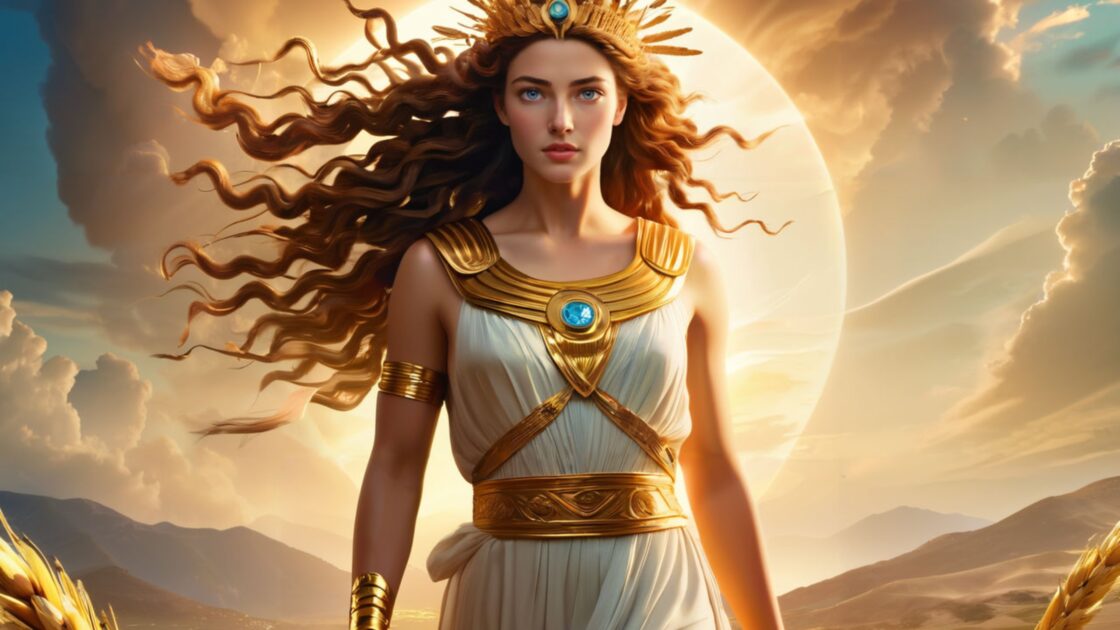
-
Symbolism:
The harvest, the cycle of life and death, and the power of transformation. -
Traits:
Demeter is the goddess of agriculture and fertility, embodying both the nurturing force of growth and the devastation of loss. She represents the cycle of abundance and barrenness, the deep bond between mother and child, and the power of transformation through grief, renewal, and the rhythms of nature.
Yemayá (Yoruba Mythology)
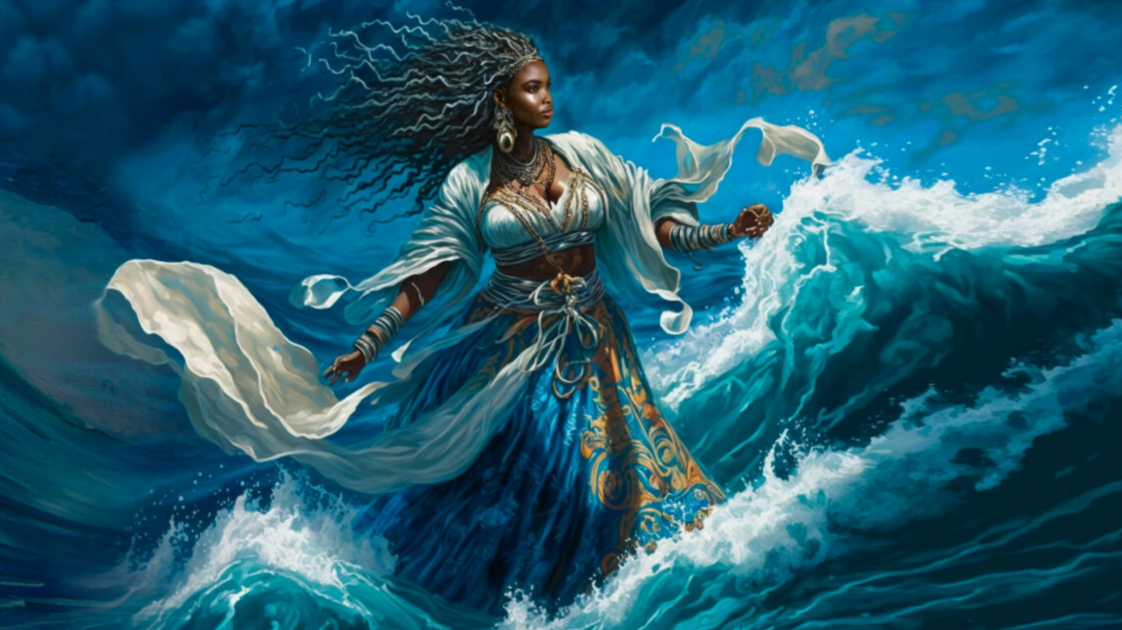
-
Symbolism:
The ocean, the depths of emotion, creation, and the duality of nurturing and destruction. -
Traits:
Yemayá is the goddess of the sea and motherhood, embodying both the gentle, life-giving waters and the fierce, unyielding storms. She represents deep emotional wisdom, protection, fertility, and the power of transformation through the ebb and flow of life's cycles.
These different forms of the Dark Mother connect to similar themes of empowerment, transformation, and the confrontation of the shadow. They embody the strength to face challenges, the wisdom to navigate life’s mysteries, and the power to embrace change and rebirth.
Uncover Your Dark Mother Archetype
The Dark Mother archetypes are powerful energies that transcend cultures and stories, connecting deeply with our innermost selves. These 14 archetypes each carry unique qualities and lessons, guiding us to embrace shadow work, transformation, independence, and resilience.
But how do you discover which archetype resonates most with you?
And once you’ve identified it, how do you use that knowledge to enrich your life and spiritual practice?
Finding Your Dark Mother Archetype: A Personalized Guide
Discovering your Dark Mother archetype requires more than simple guesswork. It’s an introspective journey that combines self-reflection, astrological insights, and your intuitive responses to life.
Here’s a comprehensive method to unearth the archetype that aligns most with your essence:
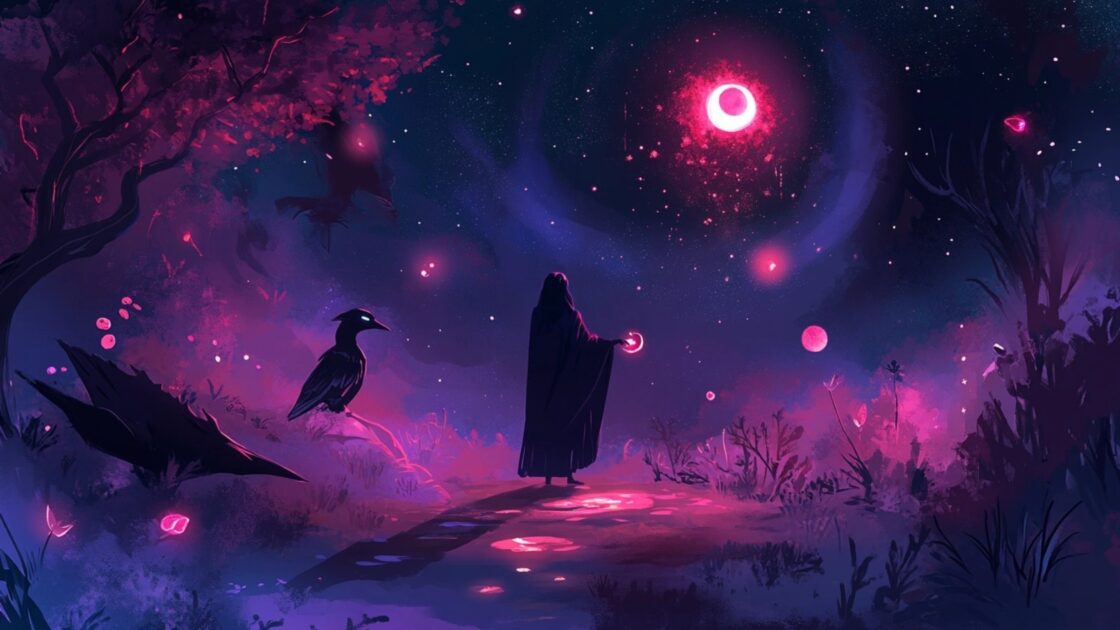
Personal Reflection and Core Traits Identification
Deep-Dive Questions:
Expand your self-reflection with questions that guide you in recognizing your dominant traits and natural tendencies.
Consider:
What kind of situations draw out your most powerful, instinct
Are you quick to act, seek deep insight, or nurture others through challenges?
What do you seek in moments of crisis—wisdom, independence, destruction, or quiet transformation?
Your go-to response in challenging times can hint at the archetype that resonates with you.
How do you handle nurturing versus confrontation?
Do you naturally comfort those around you or confront difficulties head-on with fierce energy?
Example Analysis:
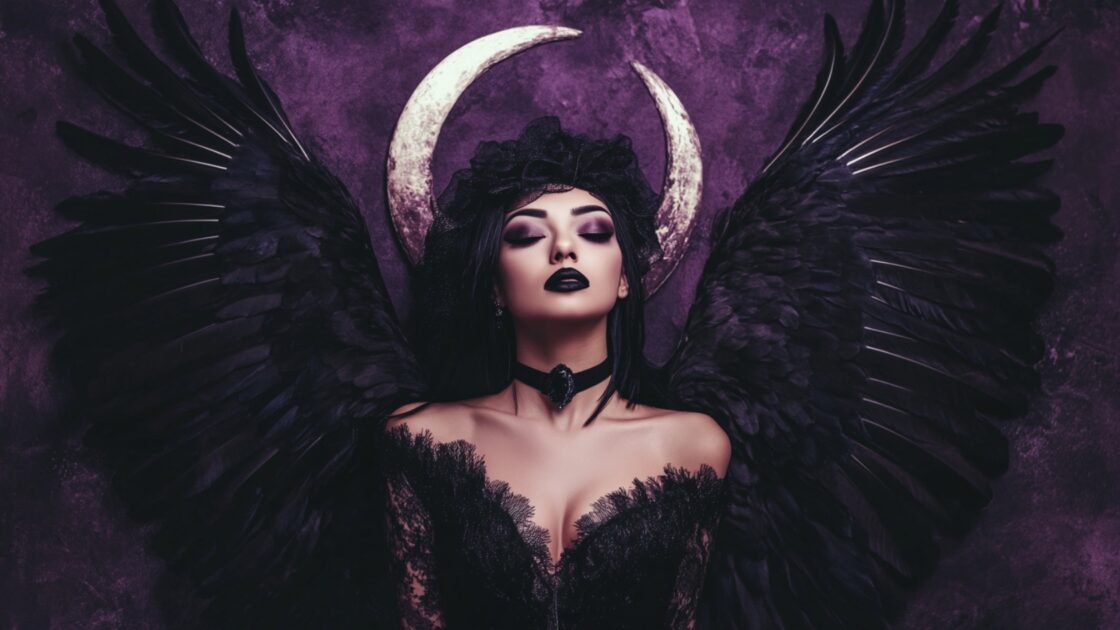
Lilith
If you’re fiercely independent, unafraid of breaking norms, and value personal freedom above all else, your traits align with Lilith’s rebellious spirit. She embodies defiance and self-reliance, making her the symbol of untamed independence.
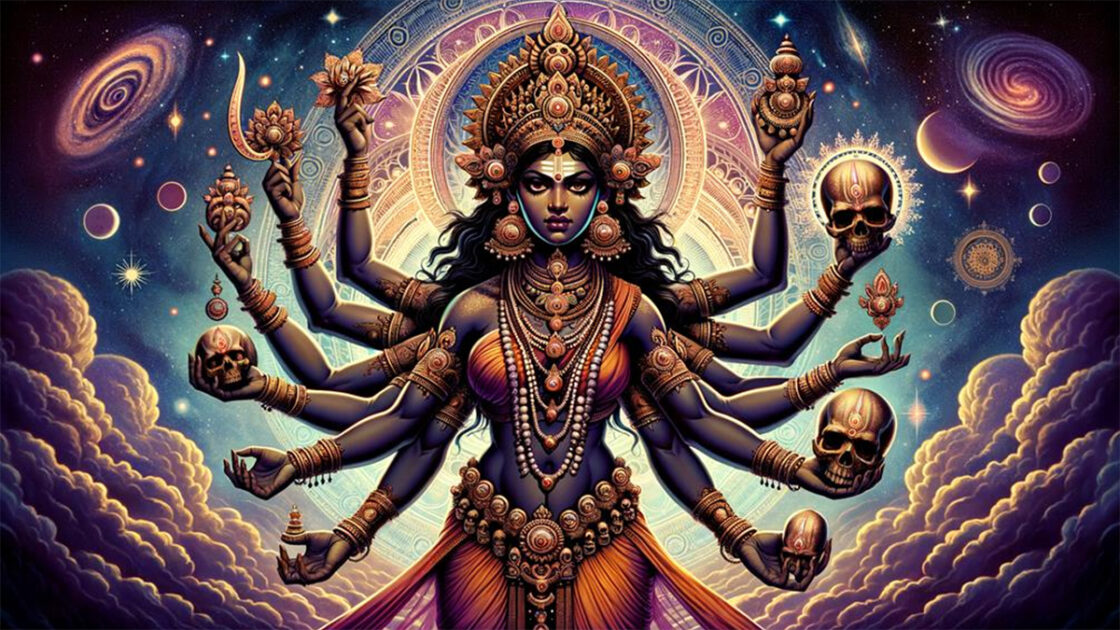
Kali
If your life story is marked by resilience—facing significant upheavals and rising stronger each time—you might embody Kali. Known as the goddess of destruction and rebirth, Kali represents fierce transformation and unyielding strength. Her presence suggests a capacity to confront deep shadow work and emerge renewed.
These questions and analyses are essential for guiding your journey toward understanding which dark feminine archetype you embody. Recognizing these traits provides a foundation for deeper self-awareness and embracing your true essence.
Astrological Clues
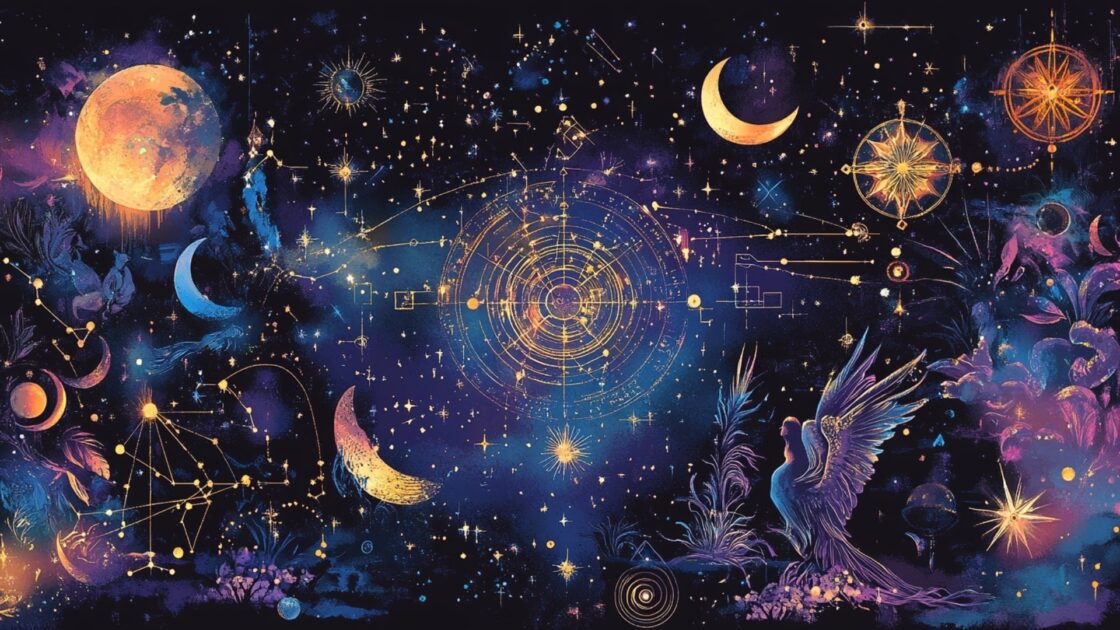
To uncover which Dark Feminine or Dark Mother archetype aligns with you, examining your astrological chart can provide powerful insights. Each sign, moon phase, and planetary placement speaks to different aspects of these archetypes.
Here’s how to explore these clues:
Key Astrological Placements and Their Archetypal Connections:
Scorpio and Pluto Placements
If you have a strong presence of Scorpio or significant Pluto placements, you might resonate with archetypes that embody transformation, mystery, and shadow work, such as Kali or Persephone. These figures thrive on deep emotional exploration and rebirth.
Moon in Cancer or Pisces
The Moon’s placement in nurturing water signs like Cancer or Pisces may align with archetypes that are intuitive and protective, such as Demeter or Yemaya. These placements often signal strong emotional depth, empathy, and maternal qualities.
Saturn and Capricorn Placements
Saturn is known as the planet of boundaries, discipline, and wisdom. Capricorn’s association with resilience and leadership can correspond to archetypes like Hecate, who governs transitions, wisdom, and the crossroads of life.
Lilith Placement
The placement of Black Moon Lilith in your chart can signify where you assert independence and rebellion. If prominent, this placement could indicate a connection to the fierce, unapologetic spirit of Lilith herself.
Phases of the Moon:
- The New Moon reflects the energy of transformation and new beginnings, resonating with goddesses like Kali and Persephone who embody rebirth.
- The Full Moon illuminates power and peak energy, often aligning with figures like Hecate, who oversees wisdom and profound insight.
How to Pull Your Natal Chart:
- Visit a reputable astrology website (e.g., Astro.com or Cafe Astrology) to generate your natal chart.
- Enter your birth information, including date, time, and place, for the most accurate reading.
- Look for key placements, such as your Sun, Moon, and Rising signs, as well as specific planets like Pluto, Saturn, and the position of Black Moon Lilith.
Matching Your Chart to Archetypes:
- Once you’ve identified these placements, match them with the traits of different Dark Feminine figures. For example, if your chart shows a Moon in Scorpio and a strong Lilith presence, you might embody the transformative, independent energy of Kali and Lilith combined.
- Use this astrological insight to deepen your understanding of your desires, strengths, and spiritual path.
Numerology and Life Path
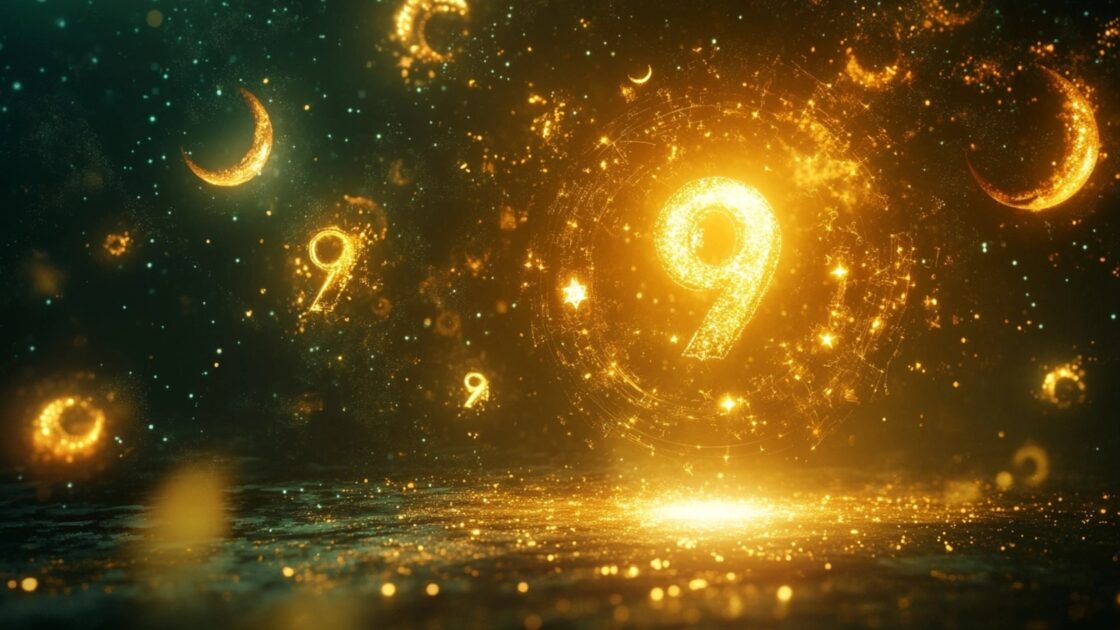
Life path numbers offer valuable insights into your core personality and life purpose, which can also help reveal your connection to specific Dark Mother archetypes.
Here’s how to explore these clues:
How to Calculate Your Life Path Number:
- Write down your full birth date (e.g., March 15, 1992).
- Reduce each part to a single digit by adding them together:
- Month: 3 (no need to reduce further)
- Day: 1 + 5 = 6
- Year: 1 + 9 + 9 + 2 = 21 → 2 + 1 = 3
- Add these numbers together: 3 + 6 + 3 = 12 → 1 + 2 = 3
Your life path number would be 3.
Life Path Numbers and Archetypes:
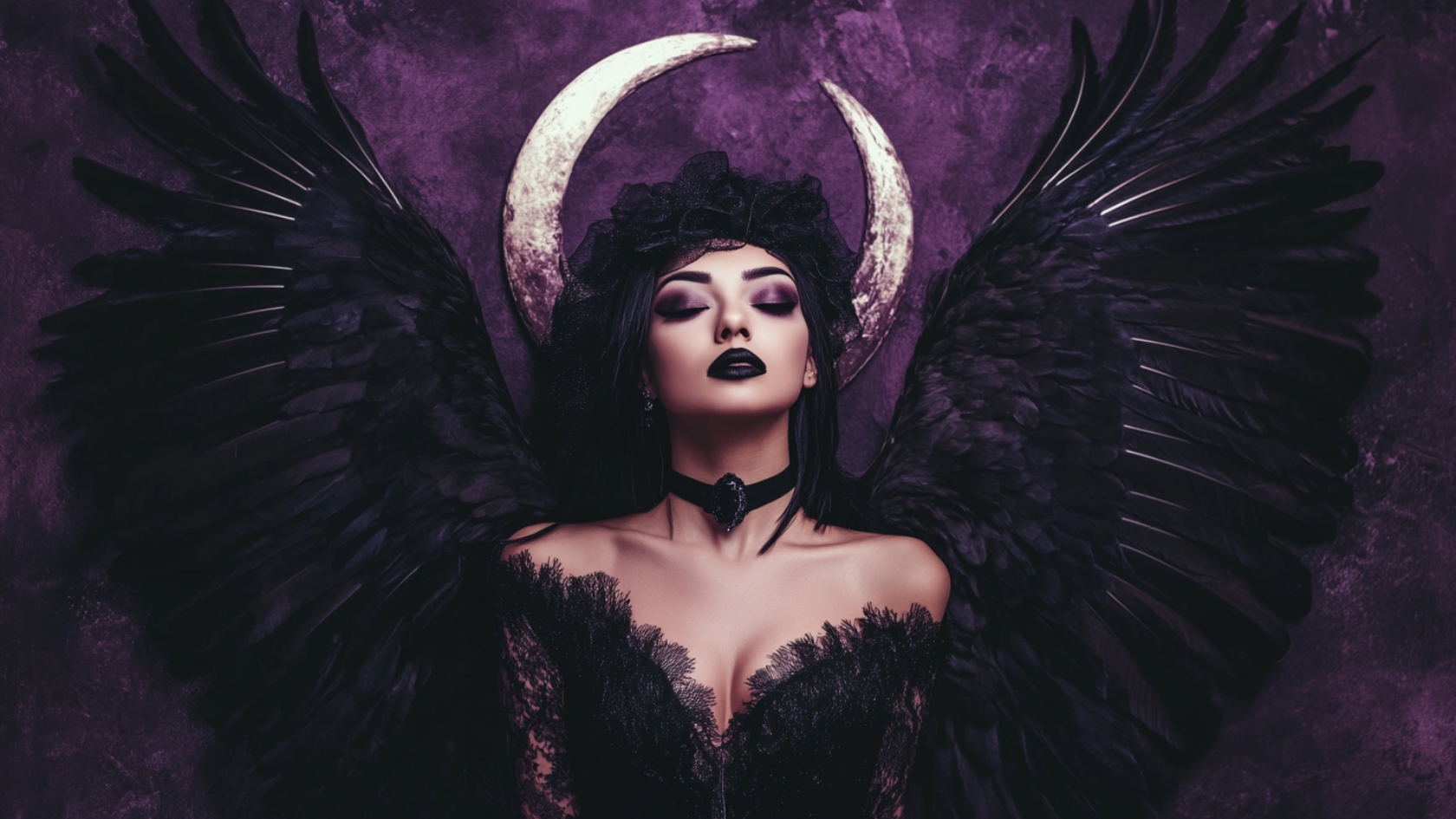
Life Path 1
Leadership, independence, and innovation.
Lilith represents fierce independence and defiance, a perfect match for the pioneering and innovative energy of Life Path 1.
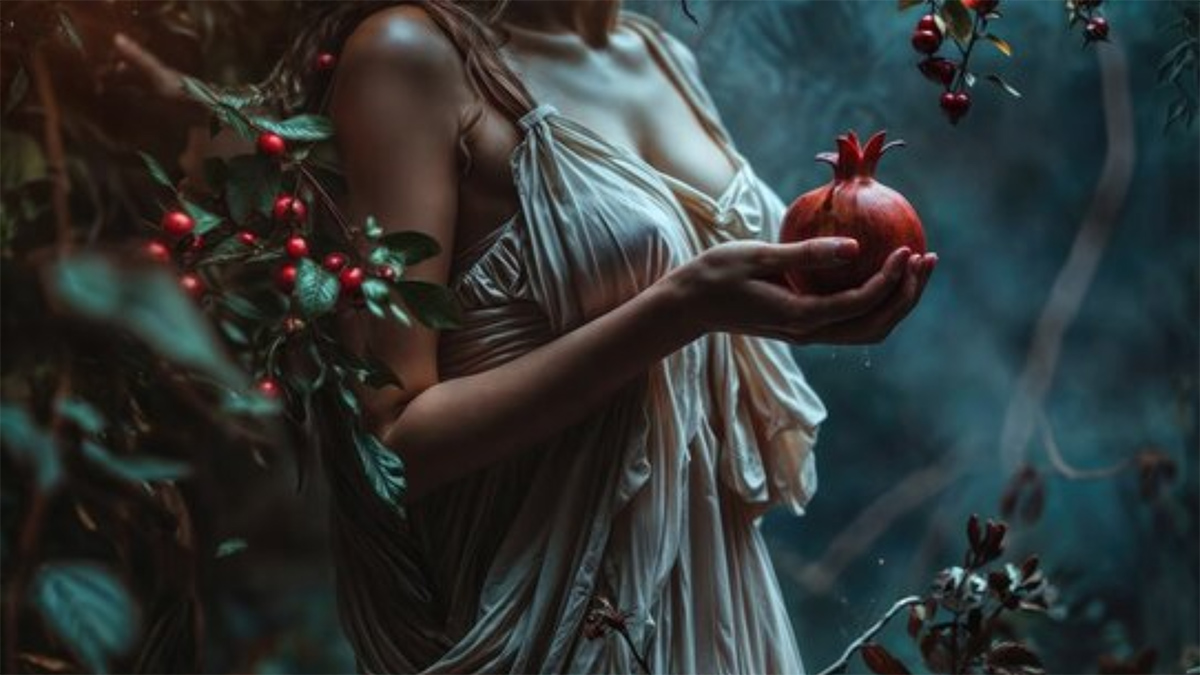
Life Path 2
Partnership, harmony, and balance.
Persephone symbolizes harmony, nurturing relationships, and balance between realms, embodying the essence of Life Path 2.
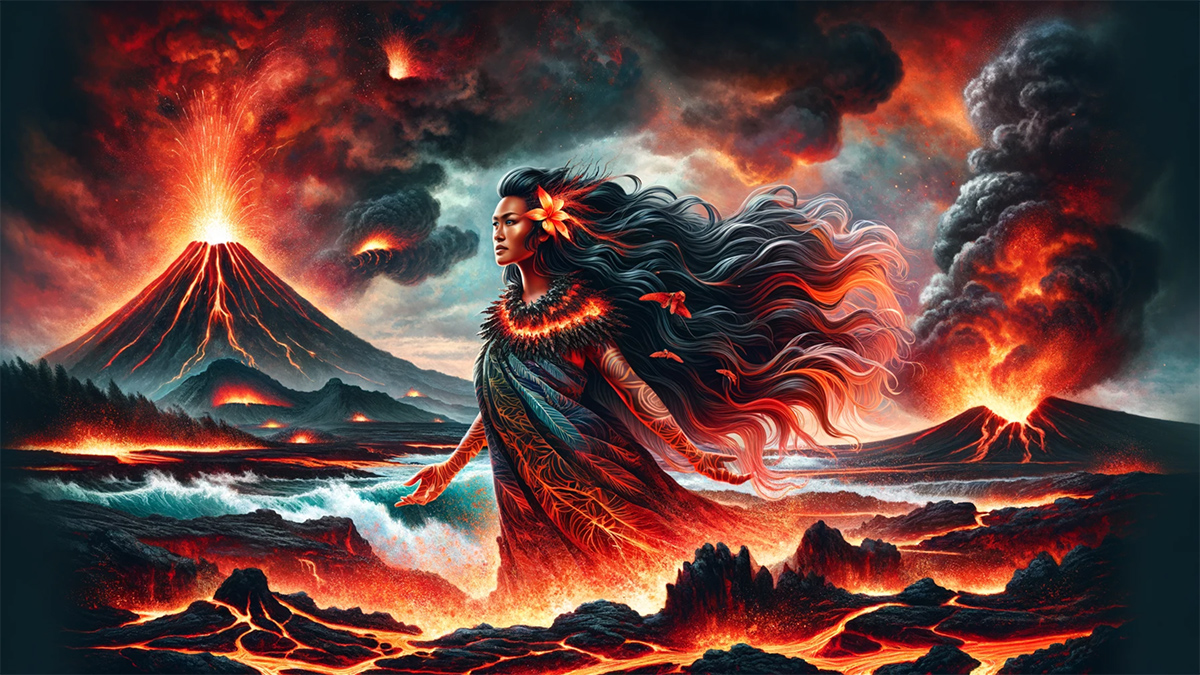
Life Path 3
Expression, creativity, and joy.
Pele reflects fiery passion, creative energy, and vibrant joy, aligning with Life Path 3's emphasis on self-expression and creativity.

Life Path 4
Stability, discipline, and hard work.
Sekhmet embodies order, strength, and disciplined power, resonating deeply with the grounded determination of Life Path 4.
Tiamat symbolizes the structured chaos of creation and the foundation of life, aligning with the grounded, disciplined energy of Life Path 4.

Life Path 5
Freedom, adventure, and transformation.
Kali represents radical transformation, liberation, and the spirit of adventure, perfectly fitting Life Path 5's focus on change and exploration.
Baba Yaga embodies the spirit of adventure, unpredictable change, and transformative wisdom, complementing Life Path 5's energy.

Life Path 6
Nurturing, responsibility, and compassion.
Isis reflects nurturing love, responsibility, and protective energy, resonating with the caring essence of Life Path 6.
Demeter represents the cycles of life, nourishment, and maternal devotion, deeply aligning with Life Path 6’s role in nurturing and care.
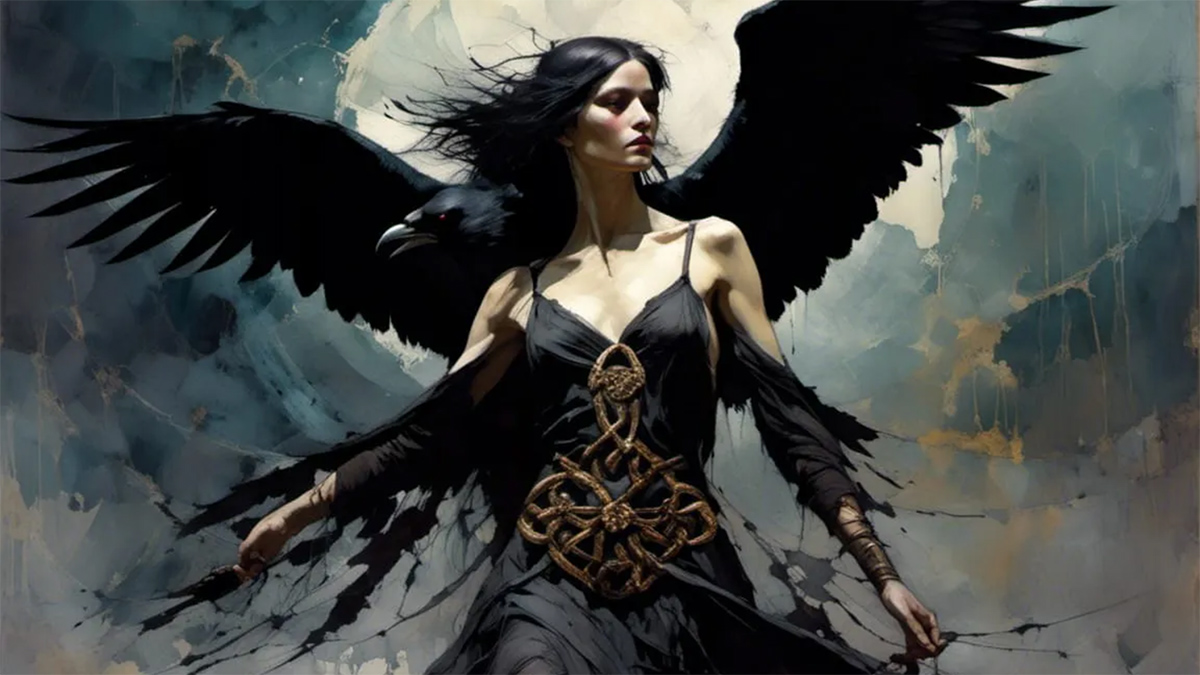
Life Path 8
Ambition, power, and material success.
The Morrigan represents ambition, strategy, and commanding presence, resonating with the driven and resourceful nature of Life Path 8.
Anat reflects fierce ambition, strategic power, and relentless focus on success, reinforcing the energy of Life Path 8.

Life Path 9
Humanitarianism, generosity, and idealism.
La Santa Muerte embodies universal compassion, idealism, and the transformative cycles of life and death, aligning perfectly with Life Path 9.
Black Madonna represents universal compassion, nurturing care, and the ability to inspire others through spiritual idealism, perfectly complementing Life Path 9.
Yemayá symbolizes deep maternal love, healing waters, and boundless compassion, embodying the humanitarian and nurturing spirit of Life Path 9.
Interpreting Your Life Path
Once you’ve calculated your Life Path number, explore the traits associated with it and the corresponding Dark Mother archetype. Reflect on how these energies influence your strengths, challenges, and personal growth. By aligning with the wisdom of these archetypes, you can deepen your connection to Dark Feminine energy and find empowerment in your unique life journey.
Mythological and Historical Resonance
For many, the stories, myths, and historical figures that resonate most are a reflection of their inner archetypes. Taking time to explore which myths or legendary tales have always spoken to you can be revealing and provide deeper insight into which Dark Mother archetype you might embody.
Deep Dive Into Mythology:
Ask yourself:
Which stories or goddesses have always drawn me in? Are there legends or figures that mirror my life experiences or evoke a sense of familiarity and power? This exploration is essential to understanding how certain archetypal energies manifest in your life.
Example Interpretation:
If you feel an undeniable connection to the tale of Demeter and Persephone, you might align with archetypes associated with nurturing, the cycle of life and death, and profound rebirth. Demeter represents the mother’s love and resilience, while Persephone embodies the descent into the underworld and the subsequent return, symbolizing duality and transformation.
If you’re intrigued by tales of fierce independence and rebellion, such as the myth of Lilith, who refused to conform to societal expectations, this could indicate a strong alignment with archetypes centered around freedom, power, and feminine defiance.
Cultural Influence:
Your cultural background and upbringing might naturally guide you to certain archetypes. For instance, if stories of the Black Madonna resonate, known for her enigmatic and protective nature, you might find comfort and strength in her fierce compassion. Similarly, if the lore of Cerridwen, the Celtic goddess of transformation and inspiration, strikes a chord, you could be drawn to archetypes connected to wisdom, change, and alchemy.
Tips for Reflection:
- Consider the stories that captivated you as a child. Were they about queens who wielded power, goddesses who nurtured, or mystical figures who challenged norms?
- Think about figures in history or mythology that you come back to during times of struggle or growth. They may hold clues to your inner archetype.
- Reflect on your reactions to different mythological tales. Do stories of sacrifice and rebirth stir something in you, or do you find yourself more connected to tales of wisdom and quiet power?
By exploring these stories and the emotional responses they evoke, you can uncover the archetypal energies you are most aligned with. This process not only brings clarity but can also inform how you harness these energies in your daily life, creating a powerful bridge between past and present, myth and reality.
Life Experiences and Patterns
Life experiences often provide profound insights into the archetypal energies you embody. By analyzing recurring themes, significant challenges, or the roles you naturally fall into, you can start to identify which Dark Mother archetype resonates with your life journey.
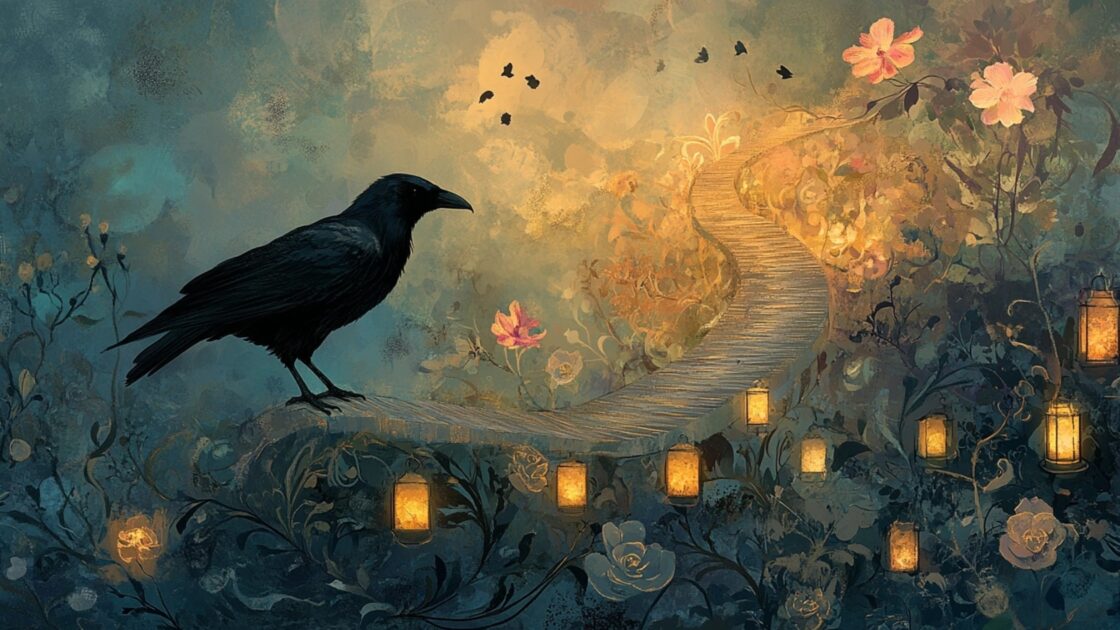
Reflect on Your Patterns:
Ask yourself: What types of challenges or experiences seem to repeat in my life? Are there patterns of loss and rebirth, nurturing and protection, or wisdom and guidance that define my personal story?
Example Reflection:
If you’ve experienced significant periods of loss followed by renewal, where you emerged stronger and more empowered, you might align with the Kali or Persephone archetype. Kali represents destruction as a path to transformation and rebirth, while Persephone embodies the journey between light and shadow, symbolizing profound transformation and resilience.
If you often find yourself in the role of the wise counselor, offering guidance and insight to others, your life may align with the Hecate or Isis archetype. Hecate, the goddess of the crossroads, embodies intuition and wise decision-making, while Isis is known for her nurturing yet fiercely protective nature, guiding others through transformation and healing.
Example Case Study:
Imagine a person who has faced the loss of a job, a relationship, or a significant life event. After going through a period of deep reflection and struggle, they come back with renewed energy and purpose, starting a new venture or finding a new calling. This person might embody Kali, whose energy is about breaking down the old to make way for the new, embracing destruction as a catalyst for creation.
How to Connect This Insight to Your Journey:
- Identify the most defining moments in your life—how did you respond to them? Did you seek power and independence or rely on wisdom and resilience?
- Consider the role you naturally take in your community or family. Are you the protector, the nurturer, the guide, or the independent spirit?
- Think about the lessons you’ve learned and how they align with the stories of different archetypes. Have you learned to embrace change, practice deep compassion, or push against societal norms?
Understanding these life experiences can help you recognize the archetypal energy you embody and provide guidance on how to work with these traits to embrace your authentic self and fulfill your personal path.
Applying Your Dark Mother Archetype
Once you’ve identified your dominant Dark Mother archetype, it’s time to incorporate daily practices that honor and amplify its energy.
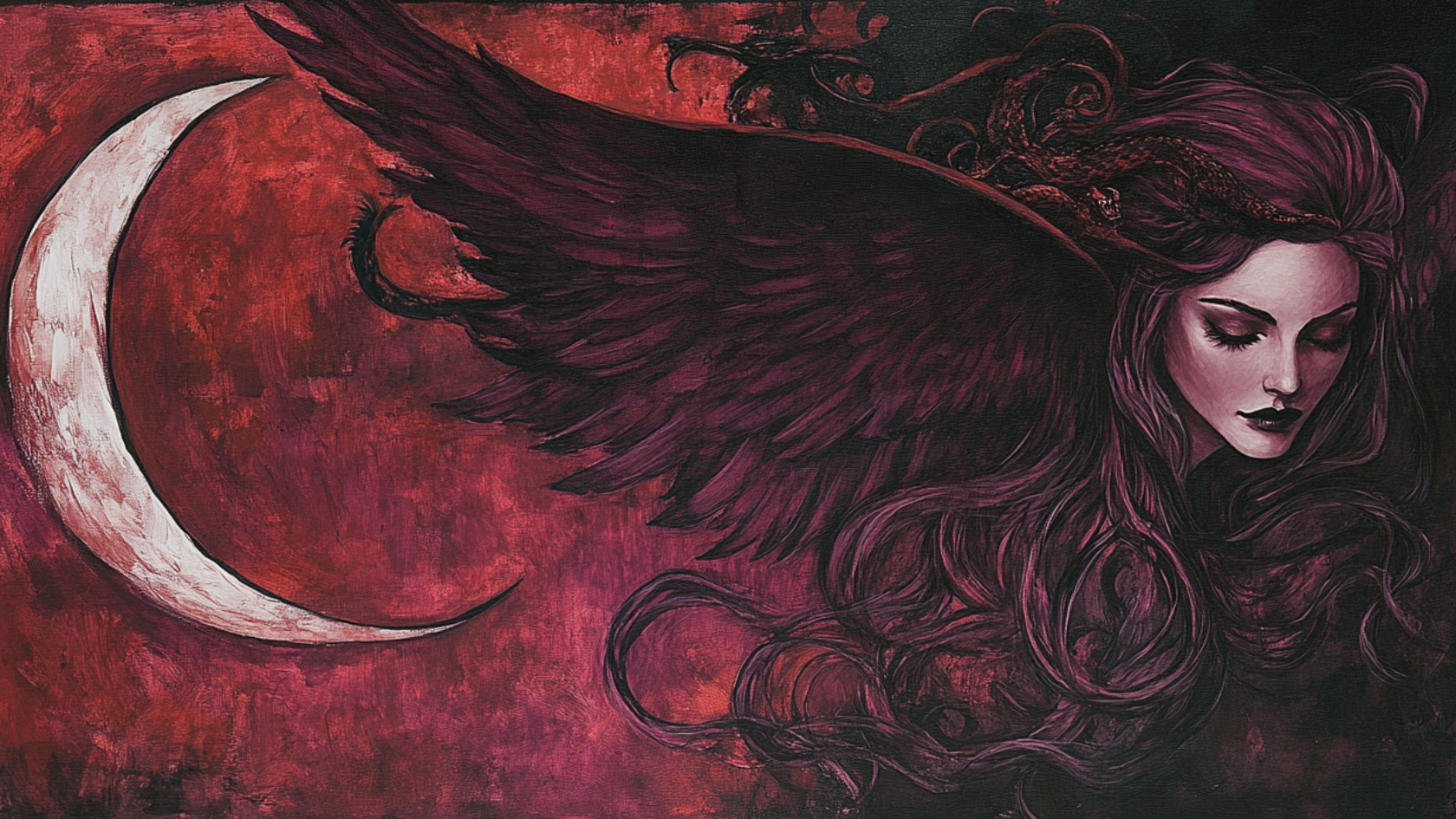
Lilith
Journaling:
Write about your boldest dreams and moments of rebellion where you honored your true self.
Affirmations:
Use empowering phrases like “I am enough, as I am.”
Sacred Space:
Decorate with symbols of freedom and wild energy.
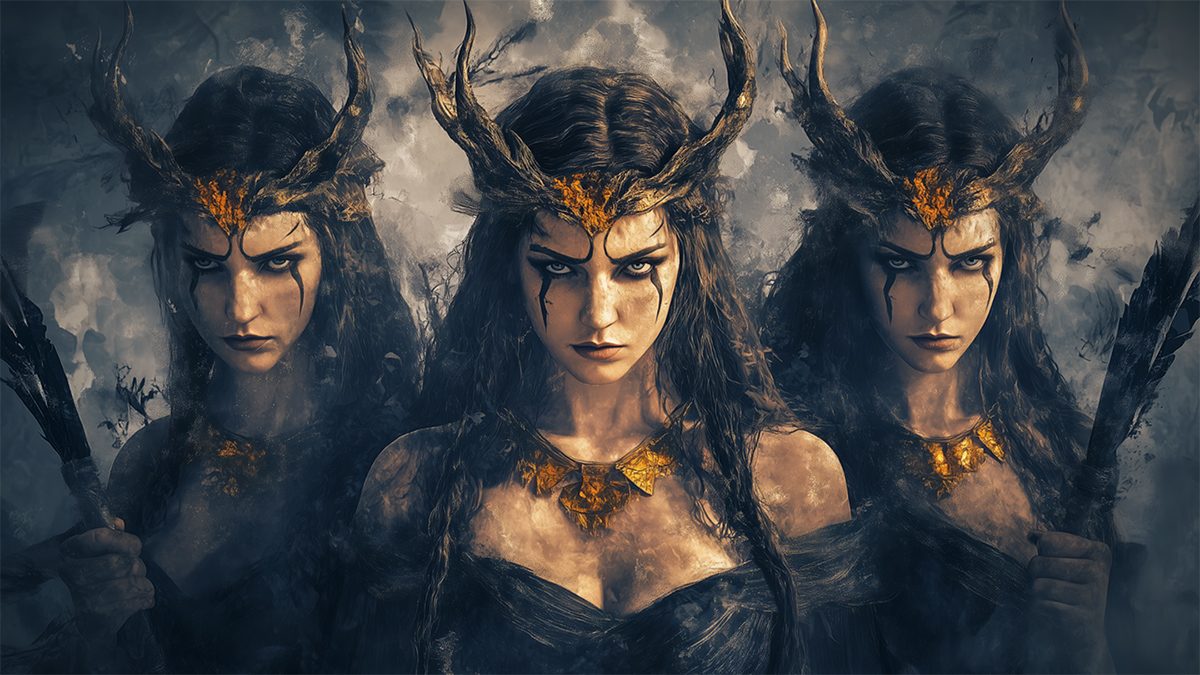
Hecate
Meditation:
Focus on choices and paths during meditation
New Moon Rituals:
Set intentions at the new moon.
Divination:
Use tarot for decision-making guidance.
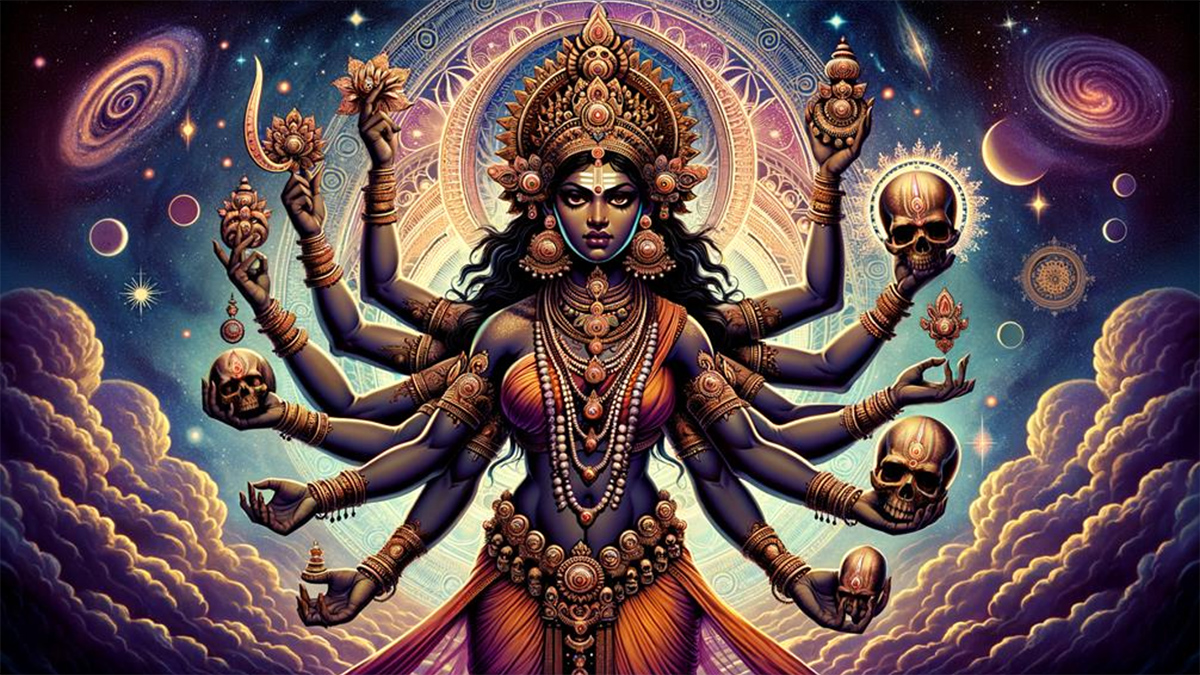
Kali
Release Practices:
Let go of old energy through symbolic burning or cutting cords.
Movement:
Engage in intense physical activities like dance.
Mantras:
Chant mantras that affirm change and rebirth..
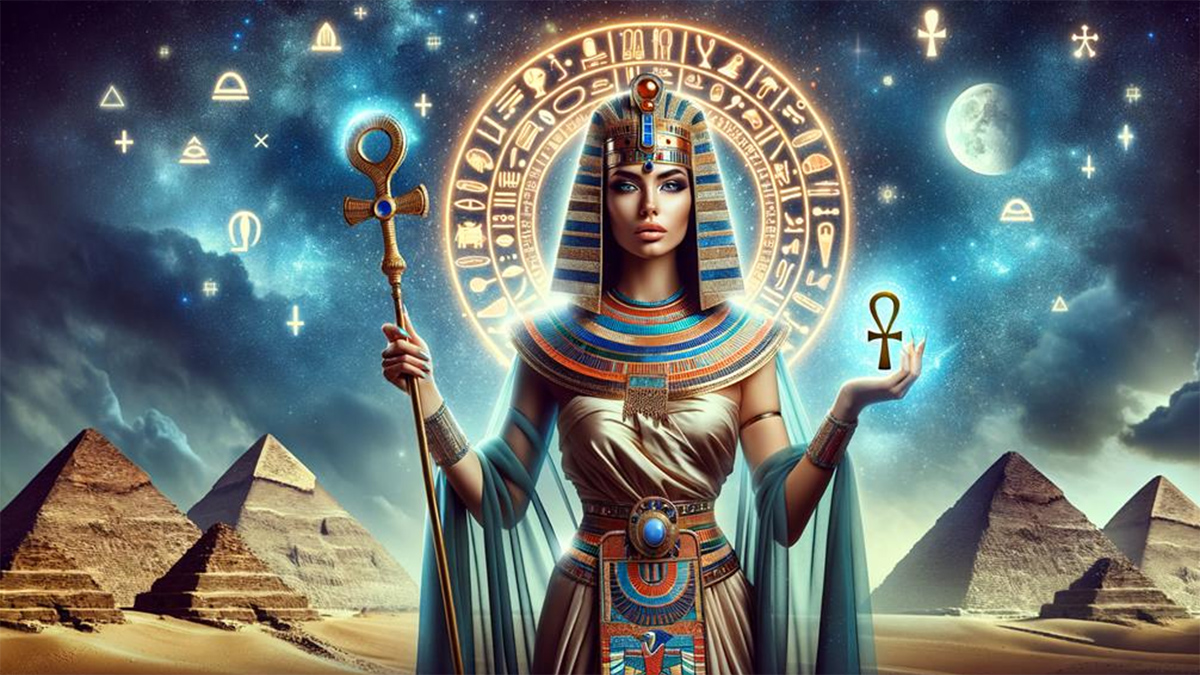
Isis
Journaling:
Write about your boldest dreams and moments of rebellion where you honored your true self.
Affirmations:
Use empowering phrases like “I am enough, as I am.”
Sacred Space:
Decorate with symbols of freedom and wild energy.

Persephone
Shadow Work:
Journal about hidden aspects of yourself.
Seasonal Reflection:
Observe your own cycles of light and darkness.
Dual Journaling:
Document both positive and shadow traits.
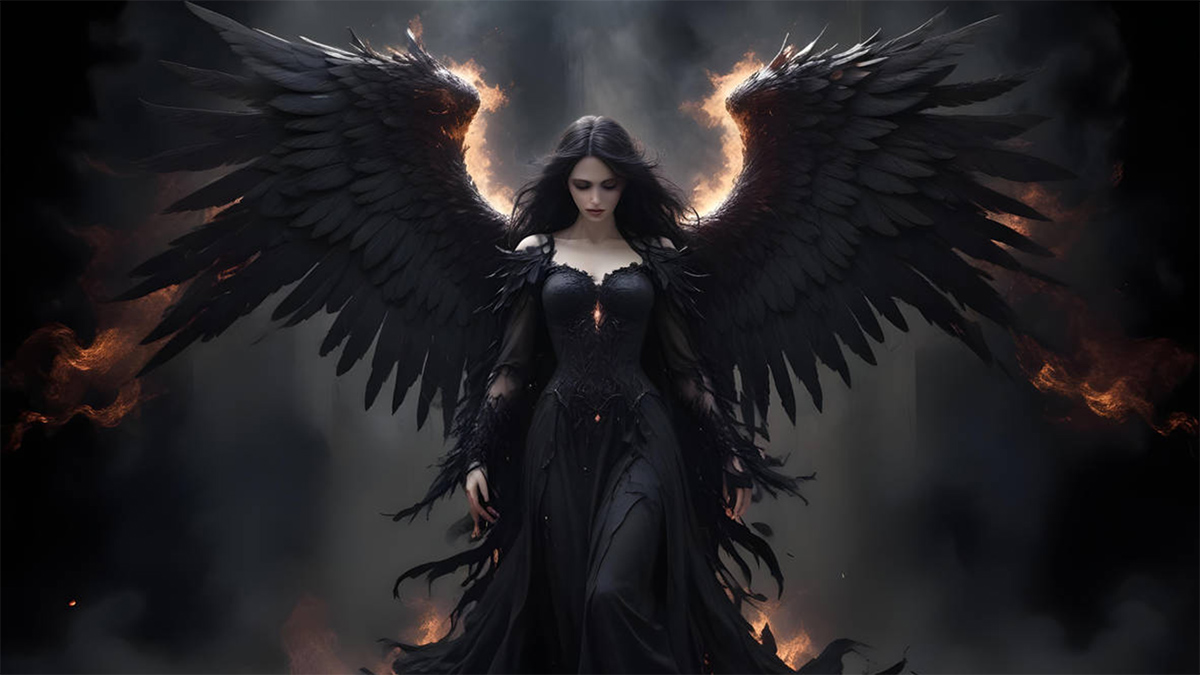
The Morrigan
Empowerment Rituals:
Engage in physical strength exercises that make you feel powerful.
Battle Cries:
Use voice practices like chanting or powerful affirmations.
Sovereign Space:
Create a space that feels like your personal throne room.
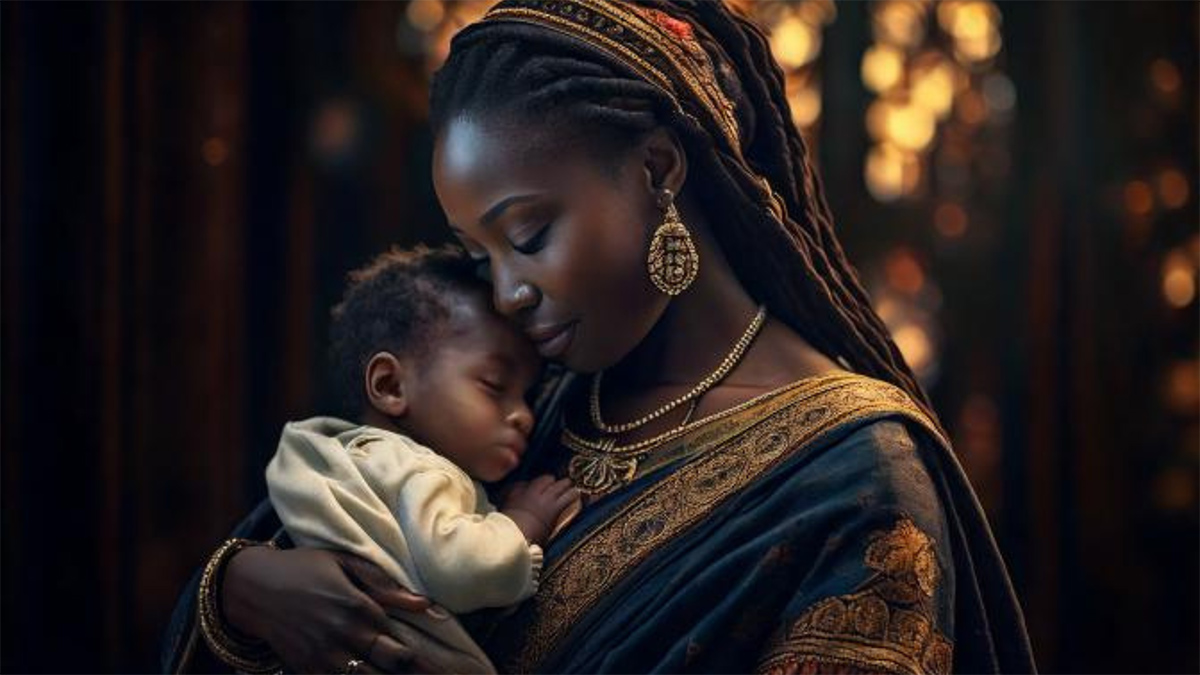
Black Madonna
Pilgrimage Meditation: .
Meditate on a journey to inner sacredness
Deep Roots Visualization:
Connect with your resilience by imagining deep roots grounding you.
Sacred Offerings:
Offer items like candles or dark flowers at your altar.
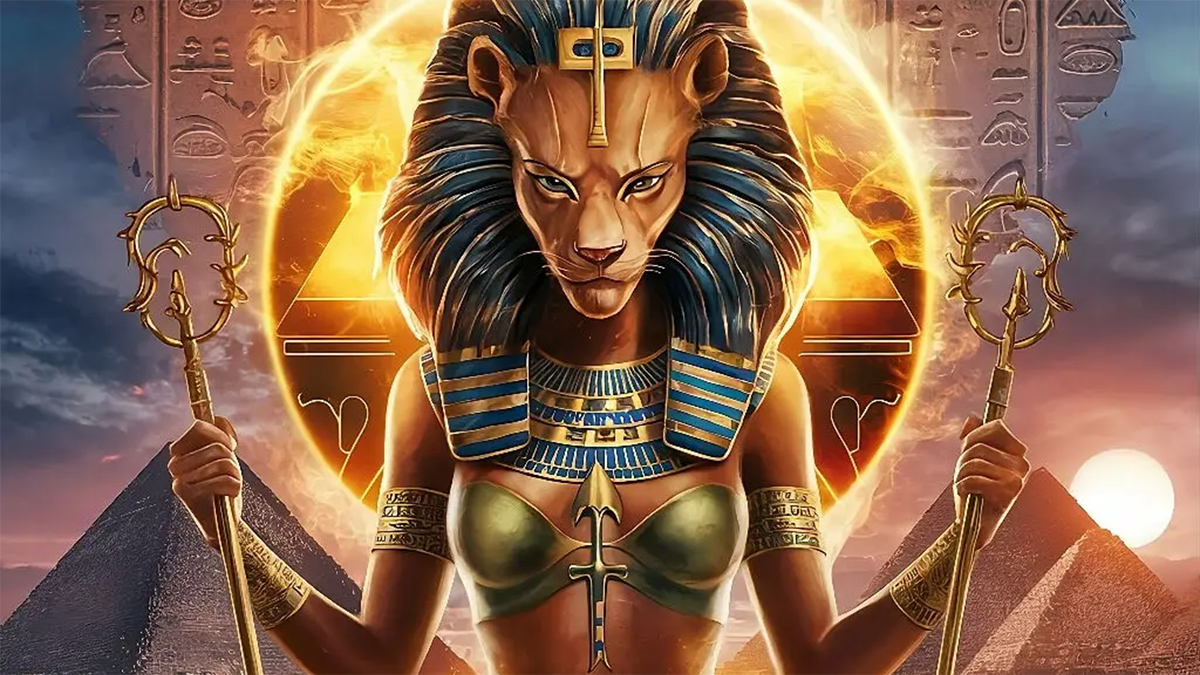
Sekhmet:
Shadow Work:
Journal about hidden aspects of yourself.
Seasonal Reflection:
Observe your own cycles of light and darkness.
Dual Journaling:
Document both positive and shadow traits.
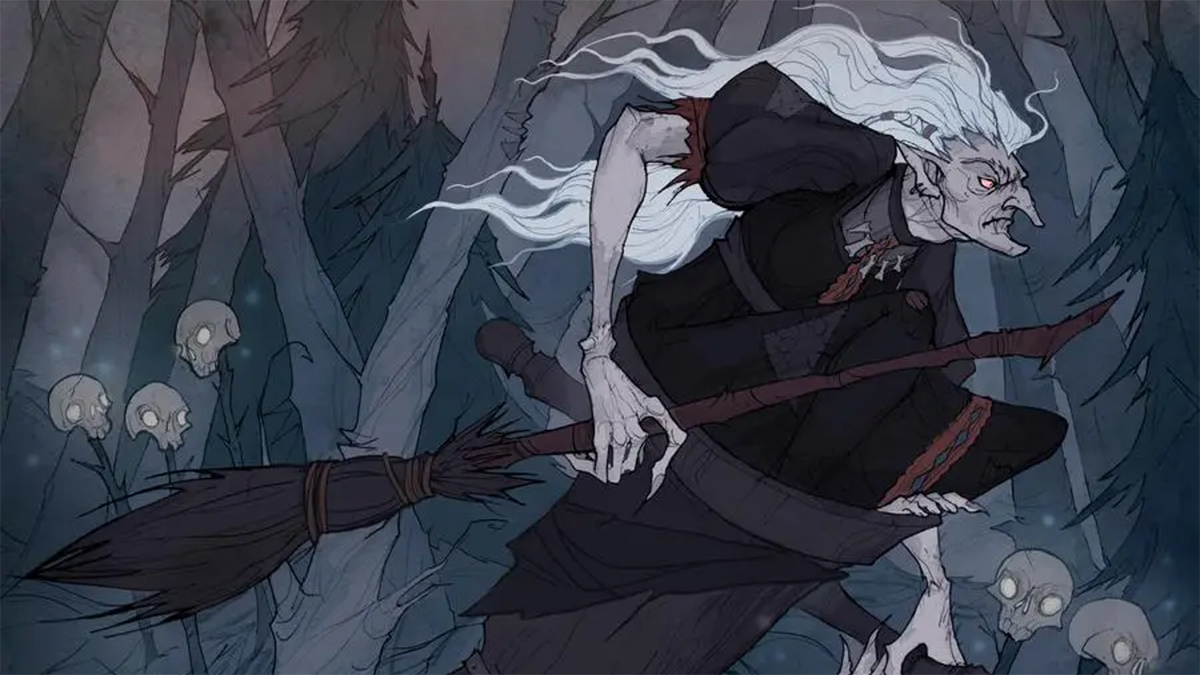
Baba Yaga
Nature Walks:
Spend time in the forest or wilderness.
Herbal Witchcraft:
Create potions or teas using natural elements.
Storytelling:
Write or read stories that embody the wild, wise woman archetype.
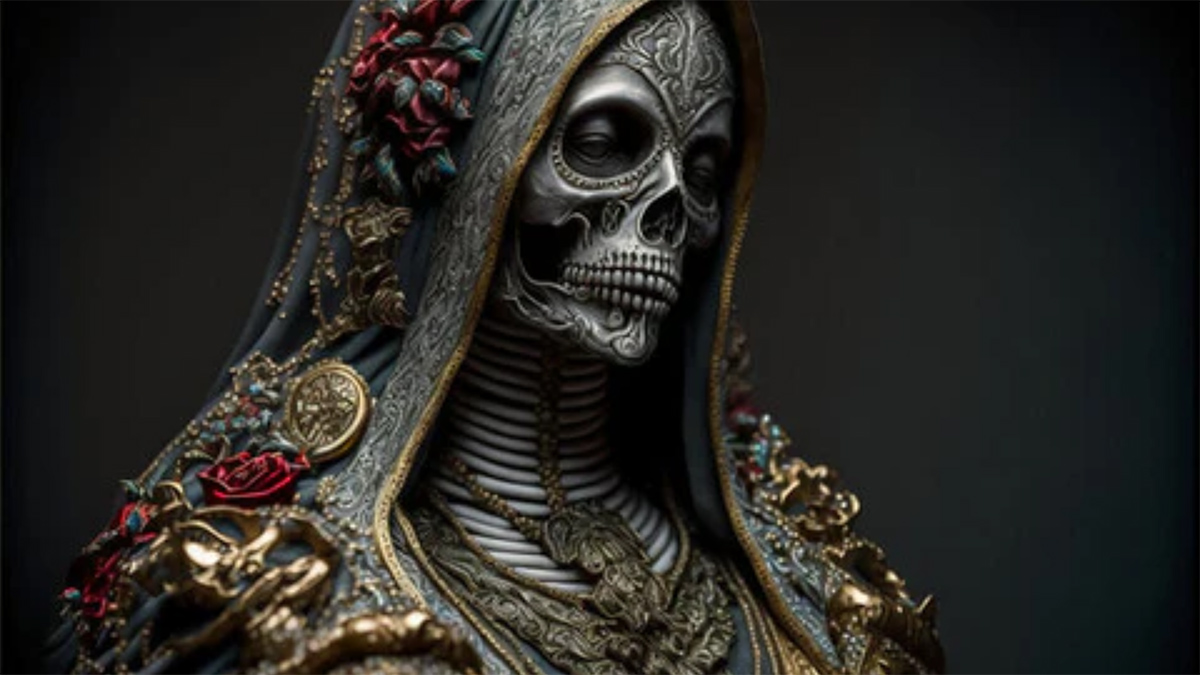
La Santa Muerte
Candle Ritual & Offering:
Light a candle each day as an offering, meditating on the duality of life and death to connect with her transformative energy.
Reflective Journaling:
Write about personal cycles of loss and rebirth, embracing change as a vital part of your journey.
Altar Creation:
Build and maintain a small altar with symbolic items (images, relics, or flowers) to honor her protective presence.
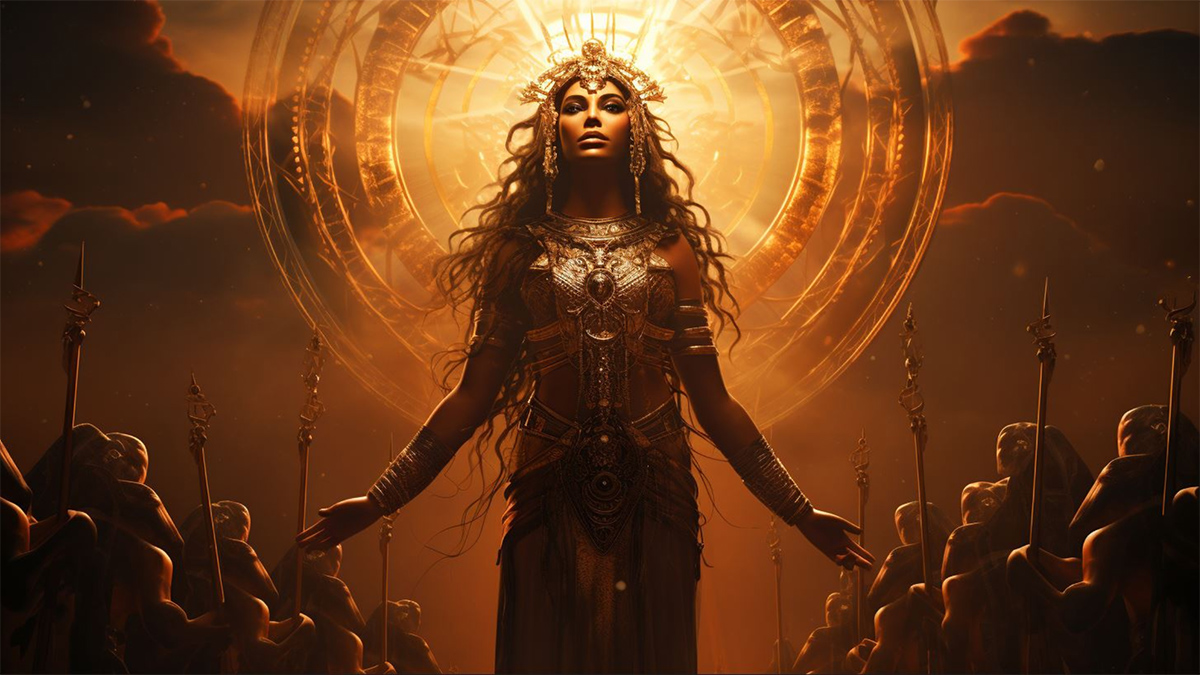
Anat
Empowering Movement:
Engage in daily physical activity like martial arts or dance to channel Anat’s fierce, warrior spirit and boost inner strength.
Mantra Meditation:
Recite empowering affirmations that reflect her assertiveness and determination, helping to cultivate resilience.
Victory Journaling:
Document moments of overcoming challenges to reinforce your inner power and celebrate personal triumphs.
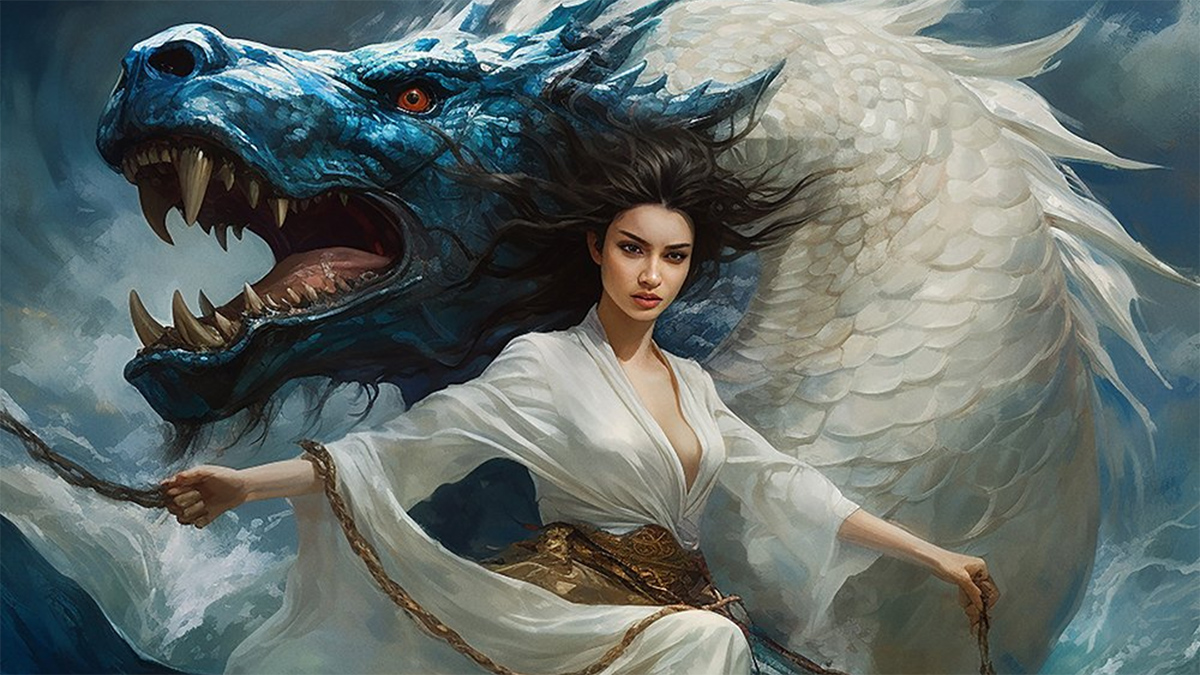
Tiamat
Creative Alchemy Meditation:
Practice meditation that transforms inner chaos into creative energy, visualizing the flow of cosmic water and rebirth.
Expressive Arts:
Dedicate time to artistic expression—such as drawing, writing, or music—to channel Tiamat’s dynamic energy into creation.
Dream Journaling:
Keep a journal by your bedside to record and reflect on dreams and intuitive insights, deepening your connection to transformative energies.
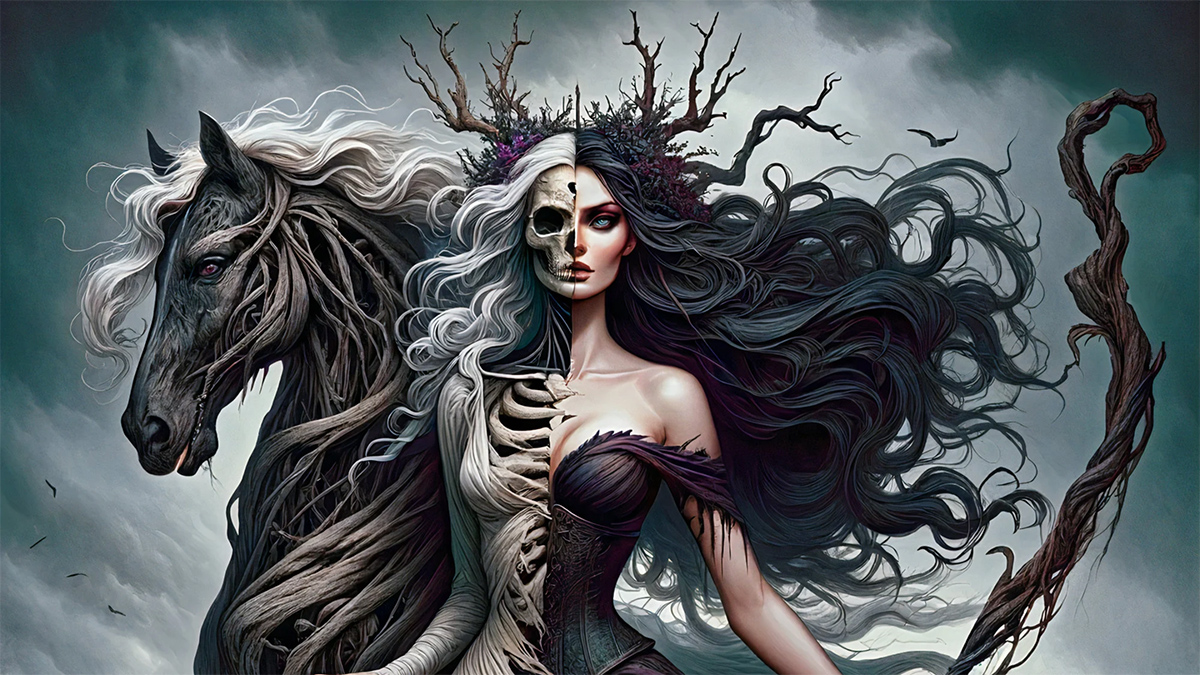
Hel
Shadow Meditation:
Dedicate time each day to quiet meditation that explores your shadow self, embracing the cycles of endings and beginnings.
Ancestral Altar Ritual:
Create a small altar to honor ancestors and the energies of transformation; include symbols like candles, stones, or images that represent the underworld.
Transformative Journaling:
Journal about themes of loss, renewal, and inner transformation, using your reflections to release old patterns and invite rebirth.
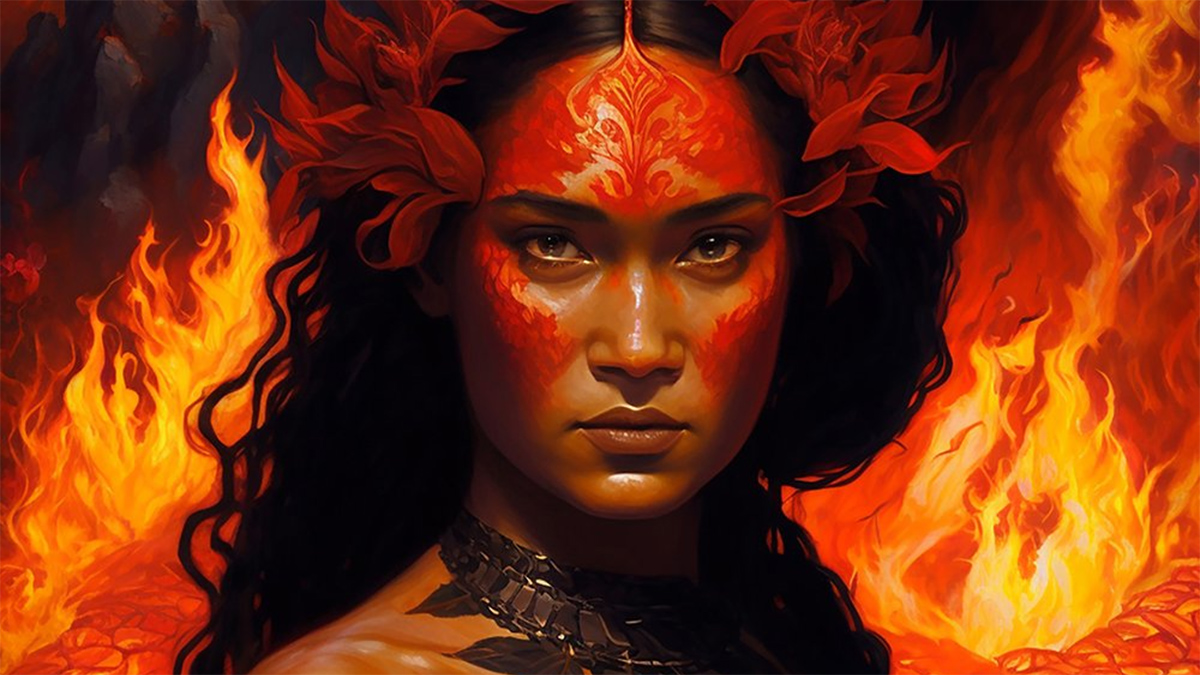
Pele
Volcanic Meditation:
Engage in daily meditation that visualizes volcanic fire, connecting with Pele’s transformative, purifying energy.
Dynamic Movement:
Incorporate passionate physical movement—such as dance or martial arts—to channel Pele’s fiery spirit and release pent-up energy.
Creative Expression:
Dedicate time to creative pursuits like art or music, transforming intense emotions into expressive, renewing creations.
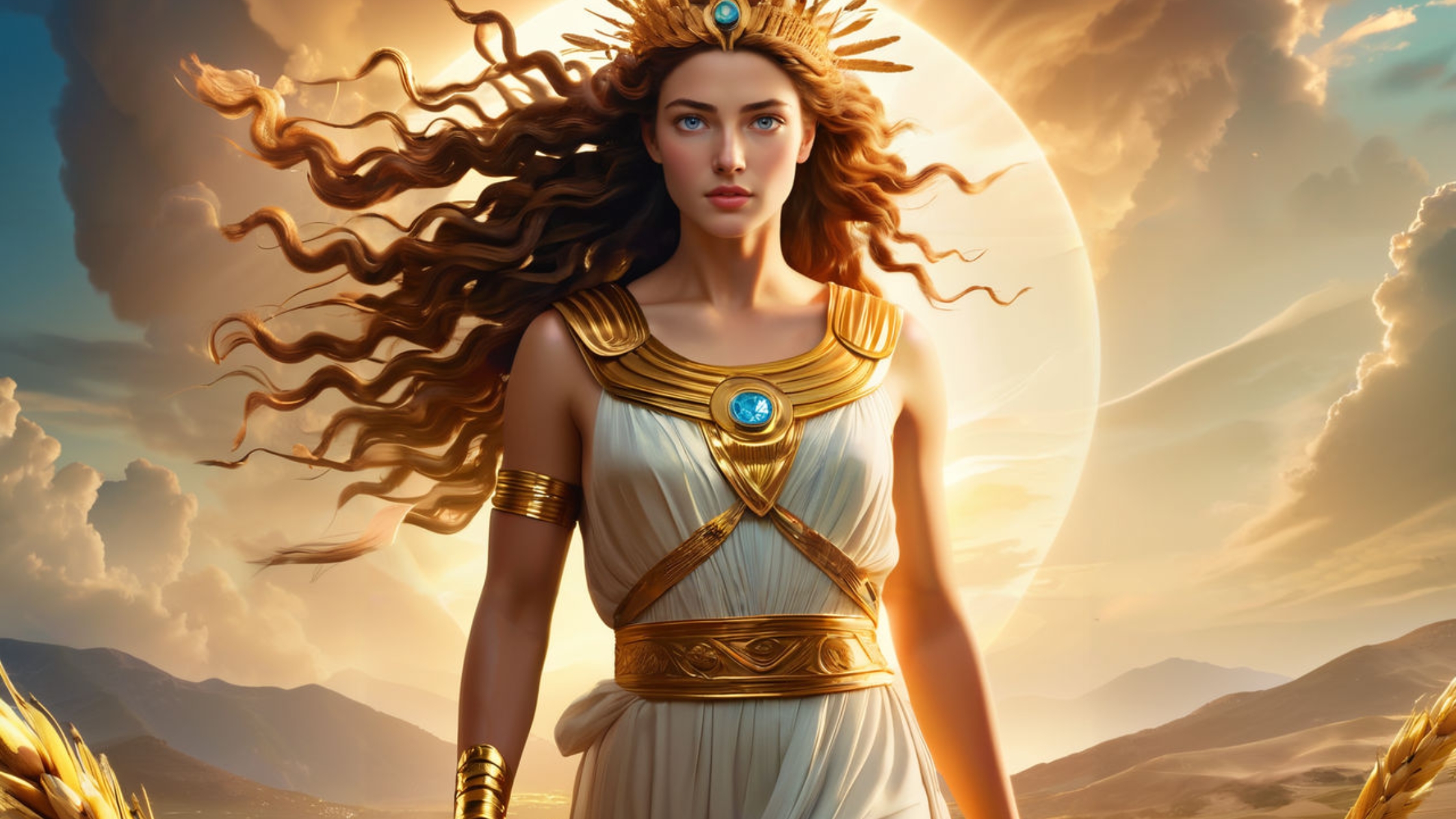
Demeter
Nature Immersion:
Spend time outdoors—gardening, walking, or simply observing the seasons—to connect with the nurturing energy of the earth.
Harvest Gratitude Ritual:
Create a daily ritual of gratitude by preparing and sharing nourishing meals, honoring the cycle of abundance and renewal.
Reflective Journaling:
Record reflections on personal growth and seasonal changes to internalize Demeter’s lessons of fertility and transformation.
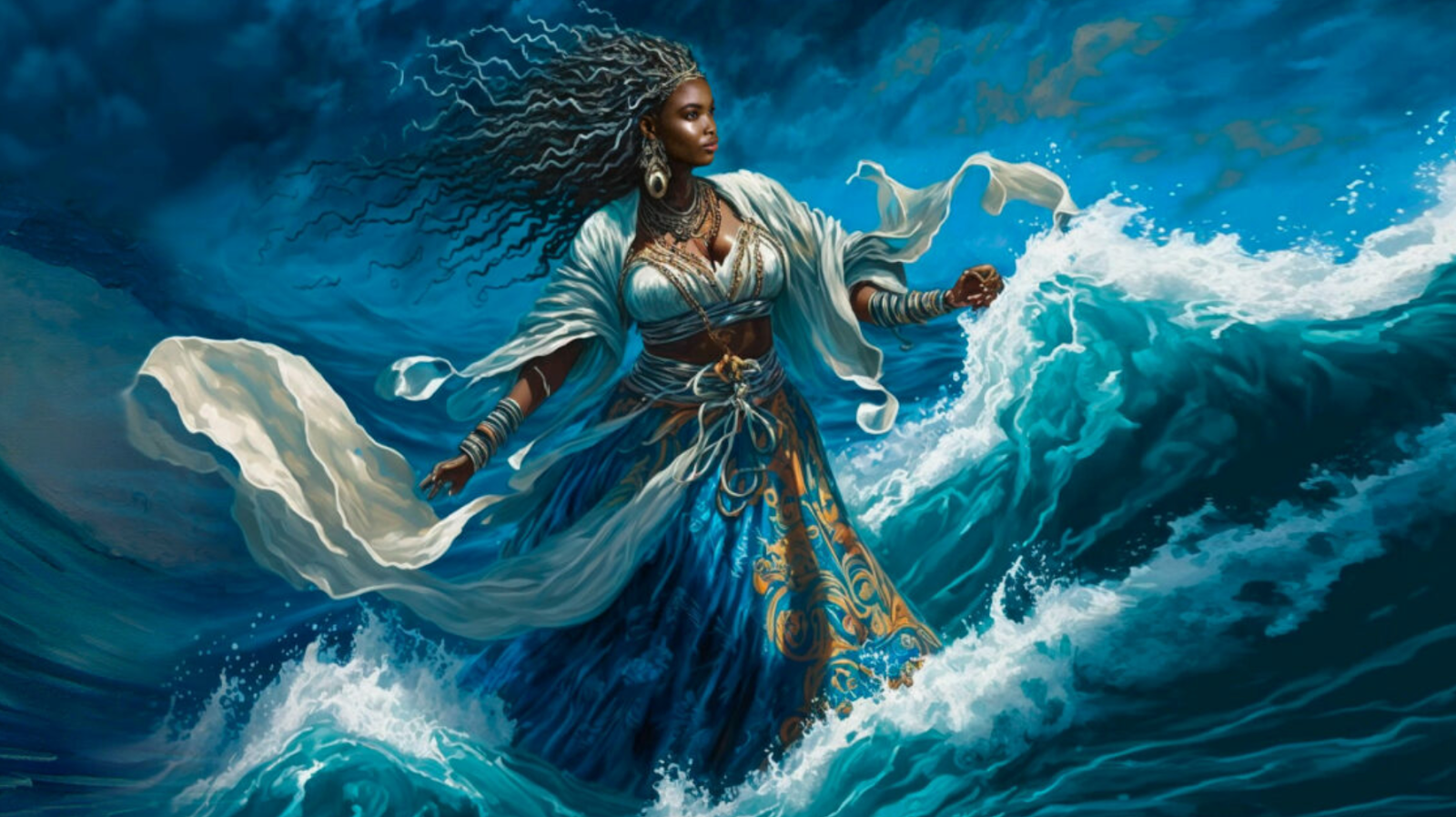
Yemayá
Water Connection Ritual:
Engage in daily water rituals such as mindful baths or time by the ocean to immerse yourself in Yemayá’s fluid, nurturing energy.
Ocean Sound Meditation:
Use the calming sound of ocean waves or guided water visualizations during meditation to invoke healing and protection.
Maternal Reflection:
Journal about your relationships and emotional well-being, cultivating the compassionate, motherly care that Yemayá embodies.
Embracing Your Inner Dark Mother Archetype
Applying these practices is about more than just understanding your archetype—it’s about fully embodying it as part of your journey. By weaving these rituals, exercises, and reflections into your daily life, you’ll tap into your unique source of strength and wisdom.
Remember, your archetype isn’t static; it evolves as you do.
Allow its energy to guide your growth, adapting your practices as needed so that you live each day authentically and powerfully aligned with who you truly are. Embrace the process, and let your inner archetype become an integral part of your story.

